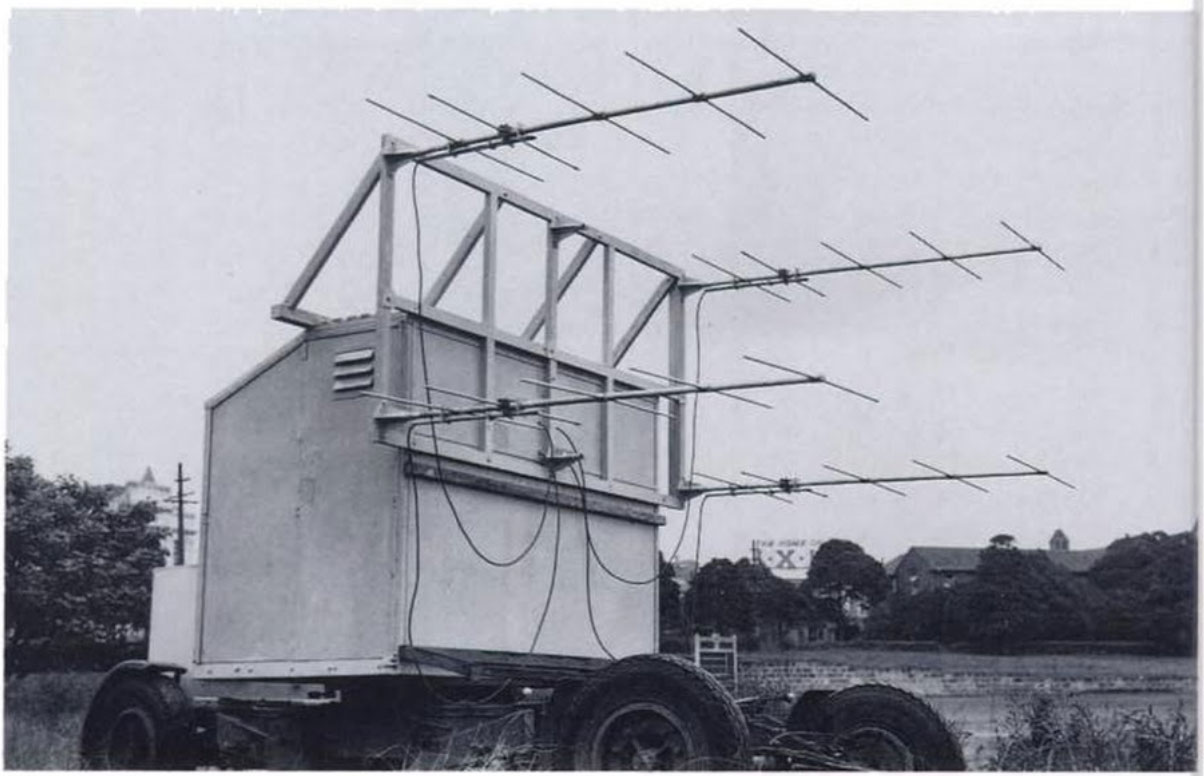
Observatory for the Measuring Or Not Measuring of Sites of Observation (OMONMOSO)
Documentation of the OMONMOSO calibration instrument at the Audio Foundation between the 7th of February and the 2nd of March 2019.
Between 7th February and 2nd March 2019, the Observatory for the Measuring Or Not Measuring of Sites of Observation (OMONMOSO) was installed at The Audio Foundation, Parisian Ties and Belts Sub Basement, 4 Poynton Terrace, Auckland, 1010. OMONMOSO, a parasitic meta-interferometer, collated fieldwork done in cooperation with Tim Natusch, Deputy Director of the Institute for Radio Astronomy and Space Research (IRASR) with new observations at the Audio Foundation (AF) site. Looking out to sea at certain times, from a cliff of the right height in relation to the horizon, it is possible to simultaneously isolate perceptions and their reflections. Measurements or not measurements made during this time are the first iteration of a wider dialogue titled Observatory Project, which seeks to use the language of interferometry to coordinate observations and events around the production of poetic and scientific routes to knowledge.
The nature of observations will unfold over time and space.
Link to the OMONMOSO sound archive
(0,0,0)
What is Radio?
Radio waves are not sounds, but radiate on the electromagnetic spectrum along with gamma rays, x-rays, visible and near visible light, and microwaves. The length of time between peaks in a wave determines the frequency. Antennae have specific material properties that enable them to detect and interpret the subtle signs of electromagnetic radiation. For example, an arrangement of lenses can be used to direct waves of light onto a sensitive surface for observation, or a coil of wire sympathetically resonates with a specific radio frequency. Maybe in tuning your radio so high that it moves past all possible stations, you could stumble upon different frequencies and even inadvertently listen in on visible light! In a common experience of listening to a radio, aggregated fields of static form a foundational structure composed of many even yet discrete points of difference. Bisecting this excited field is the time domain, on which harsh spikes in the sound soften into sinusoidal undulations. What can bounce off the ocean? A stone, of a certain size and shape, thrown in the right way will reflect off the surface of the water. Under most circumstances, things tend to fall apart. Radio waves however, are some of the most enduring signals that can be made—traveling for eons across the vacuum of space. When intercepted by a wave, the stone is deflected.
What is interferometry?
Radio waves can literally bounce off the ocean. In 1948 a group of Australian scientists arrived by ship in Auckland with their interferometer mounted on a trailer. They were looking for a west facing cliff of the right height, with a steady supply of power. Two sites were chosen, in Pakiri and Piha, to make observations that would lead to the birth of radio astronomy as we know it today. A way of knowing about something is to observe the differences between iterations of itself. As any experience unfolds, our developing memories and expectations of that experience interfere with our continuing engagement with the present. Basing their method on Lloyds mirror, in which light is projected directly towards a screen at the same time as its reflection, the scientists recorded radio waves from the Crab Nebula. Focusing on the interference between directly recorded waves and their reflections off the surface of the ocean, cosmological objects can be measured and located. Using the ocean as a vast mirror expands the aperture of the antenna beyond practical limitations. Perception meets reflection at the cliff top, amplified at certain times of day, and conditions of the weather, for we do not hear sounds, but hear in them. Observations made here will directly and indirectly affect the nature of the things being observed. Tangents and reflections written into a text or conversation may interfere with our desire for narrative structure. Could we take our tangent somewhere? Perhaps into a search for the past as it interferes with local reflections.
Calibrations
We were trying to pinpoint M17 amongst the static. By applying reference tones, we subtly phased against the spike that appeared on the spectrum analyser. For things to coalesce in such a way that we could be sure we were hearing what we were seeing, we had to scan azimuth and zenith by a specific degree across the object to find out if our predictions were correct. A length of wire, a variable capacitor ripped out of an old radio tuner, and an adapted laundry basket frame make up the components for an AM loop antenna. Sitting on the gridded floor next to this object was a plastic bucket wrapped in tinfoil that Tim was working on. Trying to record the antenna resonating with radio waves seemed to affect the nature of the sound. Upon pressing the record button, the sound would pulse at regular intervals. It seemed that our attempts to observe the recordings we were making of the sonic phenomena inherently altered the nature of the recordings. We are still unsure whether this interference had any lasting consequences.
Observatory for the Measuring Or Not Measuring of Sites of Observation (OMONMOSO) would like to thank the following people for their generosity and knowledge: Tim Natusch, Eddie Larsen, Chris Hodgetts, and Pat Kraus.
Backscatter interferometry, Piha Radar station, 20190131
Walk across uneven particulate matter, static, occasional radio stations (ground plane interference interferometry).
Super-tangential interferometry, IRASR, 20190131
Climb a 30m radio antenna and make observations (extremely local interferometry).
Sea-cliff interferometry, Te Ahua Point, 20190131
Stand on a cliff of the right height in relation to the horizon. Using sensitively tuned equipment, look out to see a past resonating off the ocean (past-present interferometry).
Window Interferometry
20190225
20190225
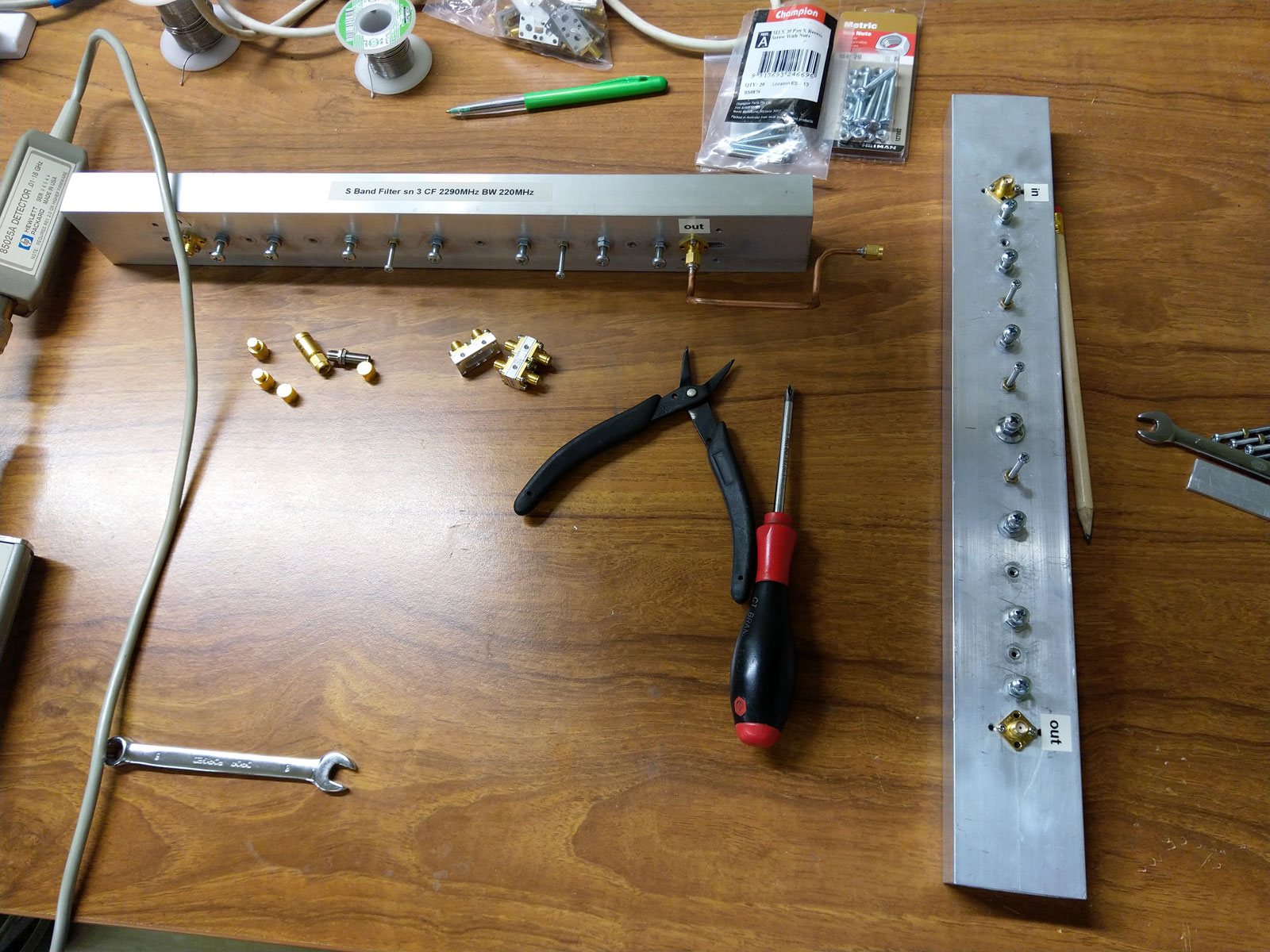
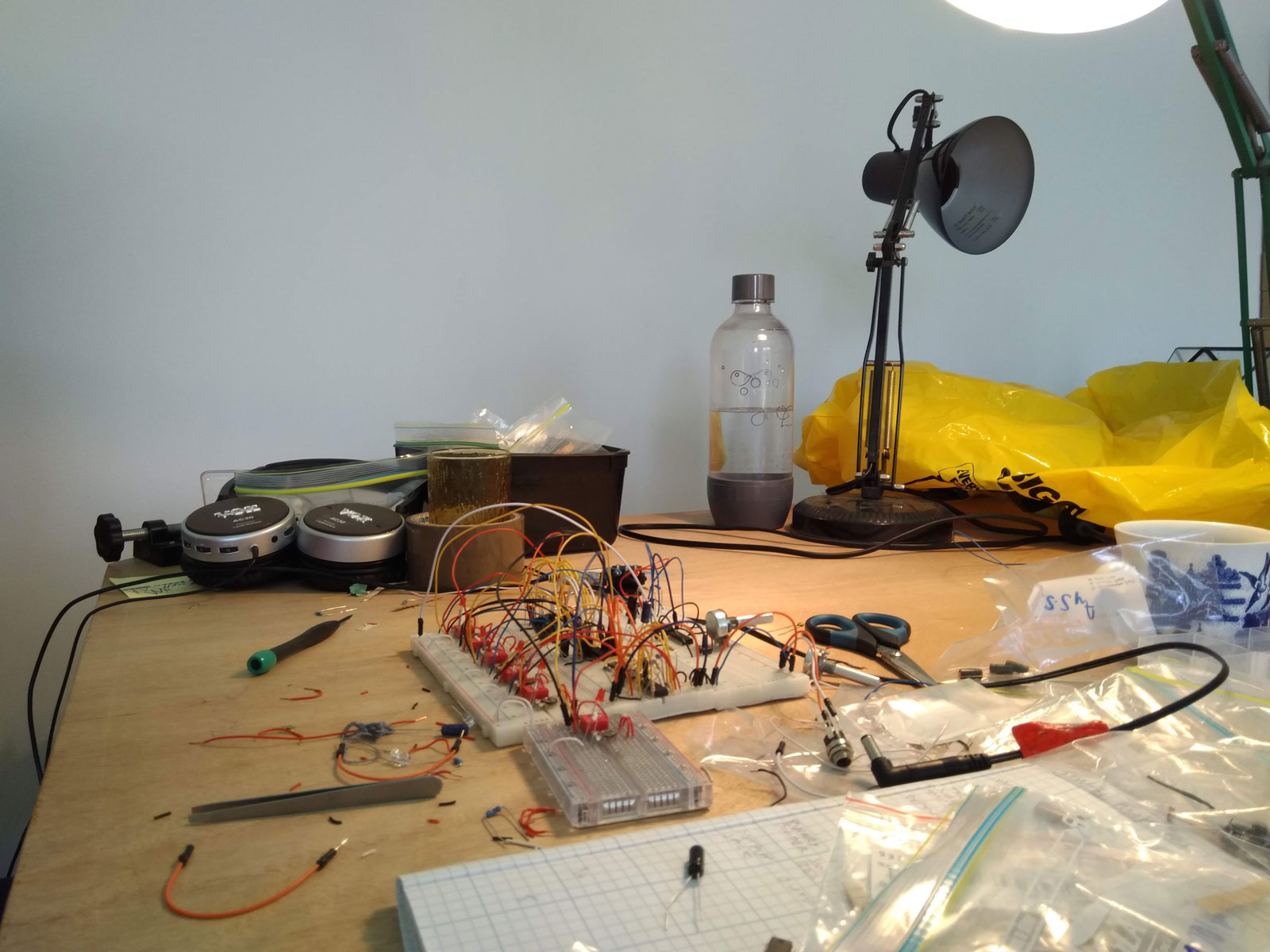
Desk surfaces at IRASR and during prototyping
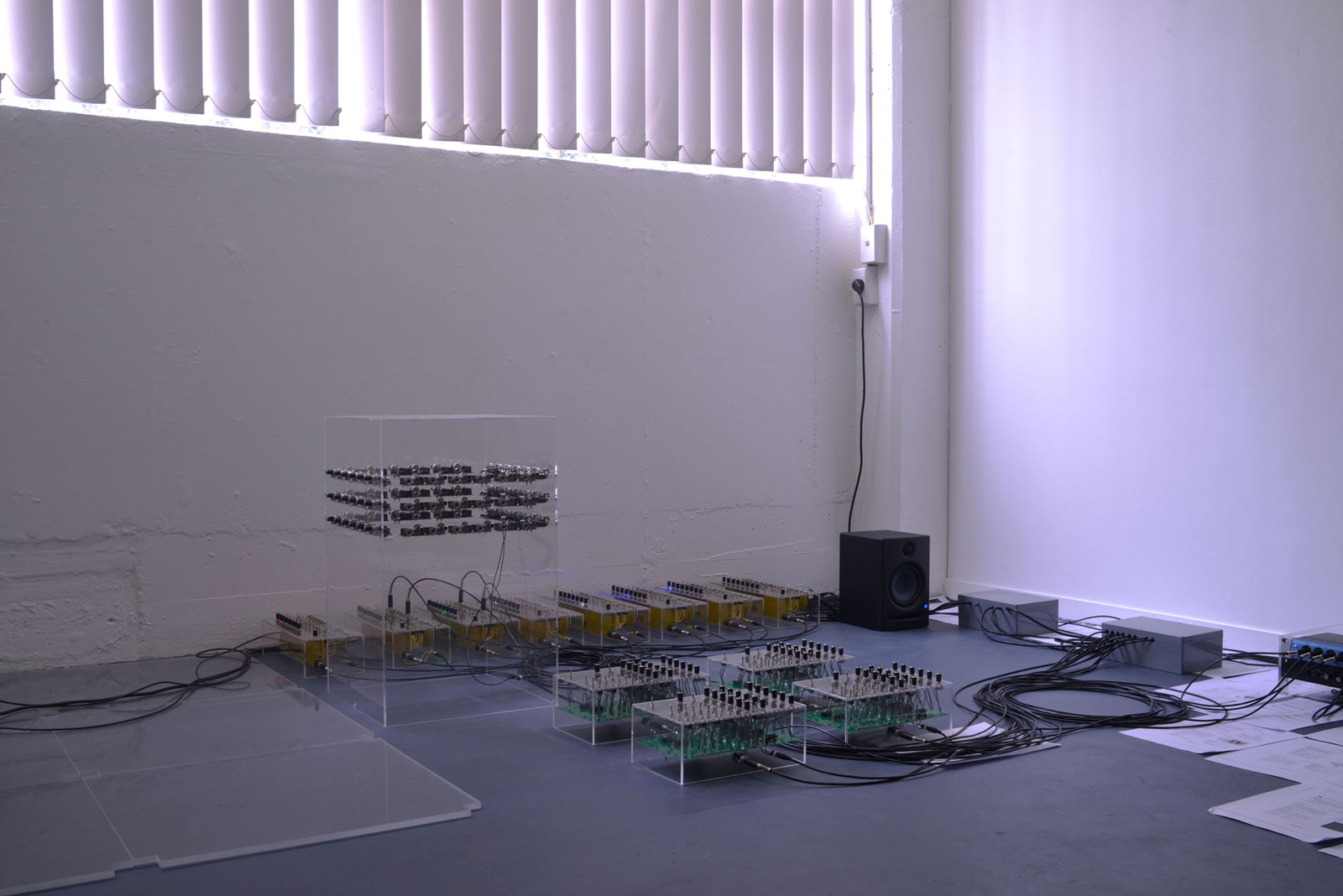
Observatory for the Measuring Or Not Measuring of Sites of Observation installed at the Audio Foundation, 2019.
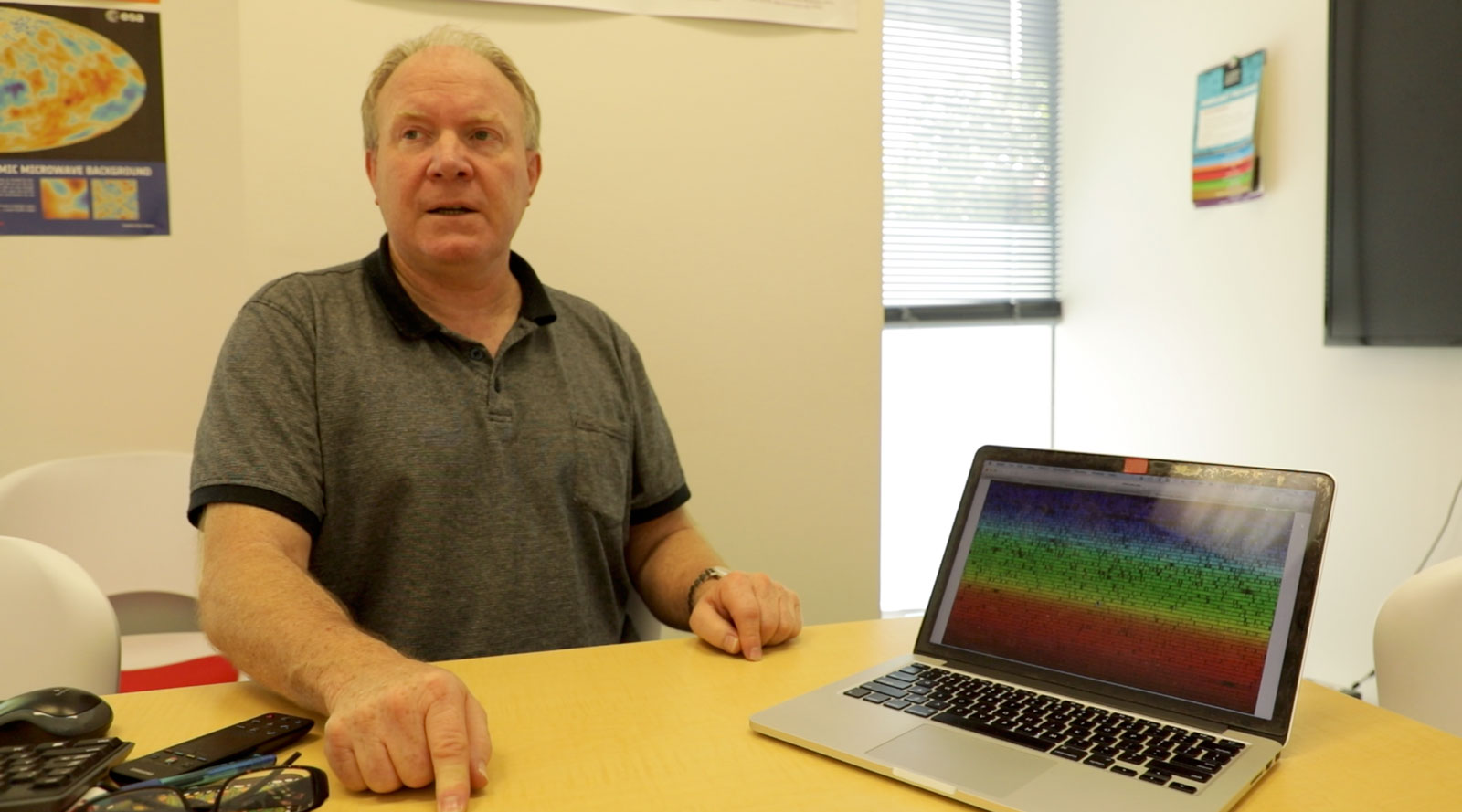
Tim Natusch, Deputy Director of the Institute for Radio Astronomy and Space Research (IRASR) in February 2018.

Tim suggested that we could generate sound directly by controlling the 30m antenna at the Warkworth site.
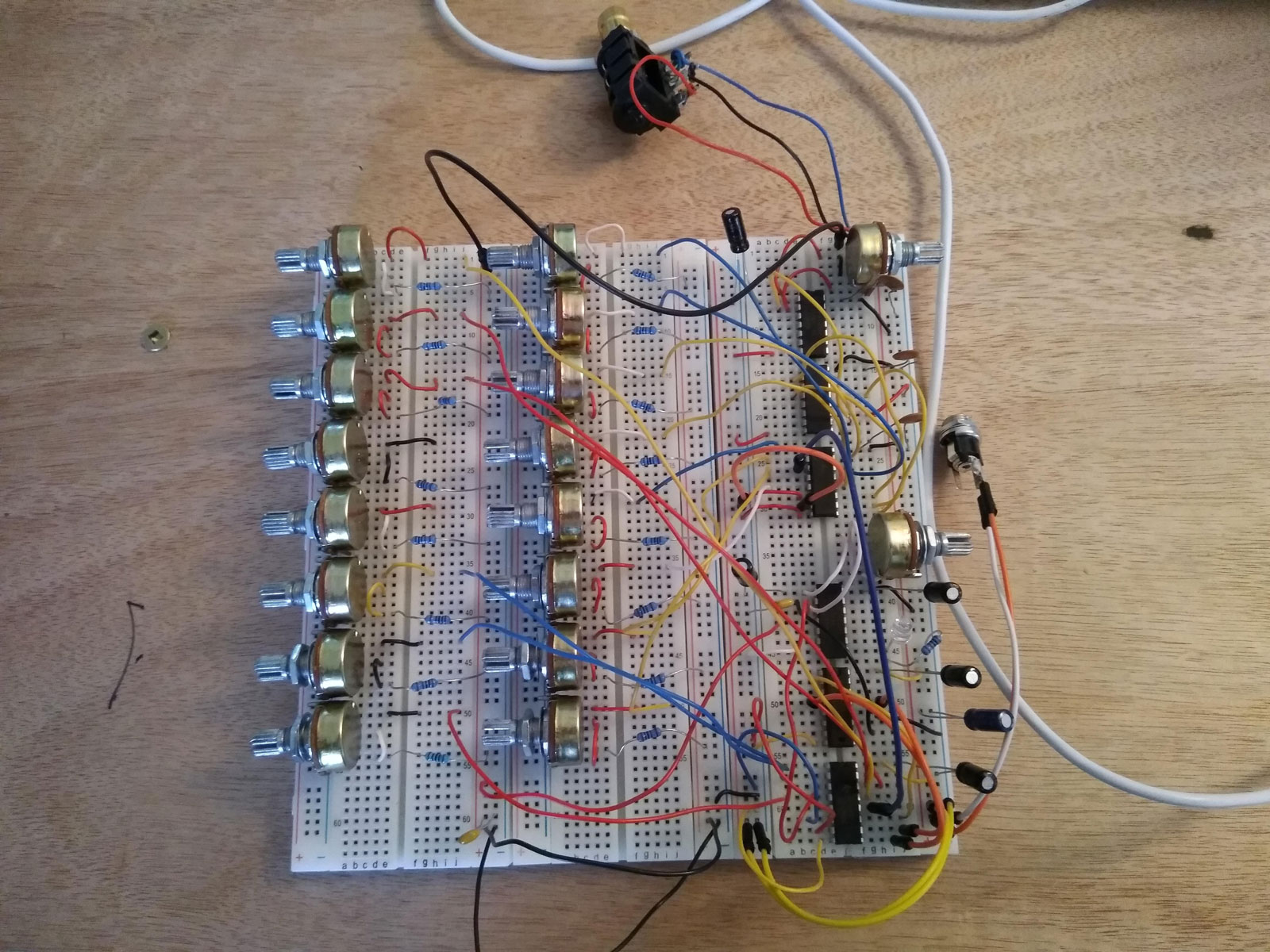
making prototypes of the synthesiser modules Based on CMOS integrated circuitry.
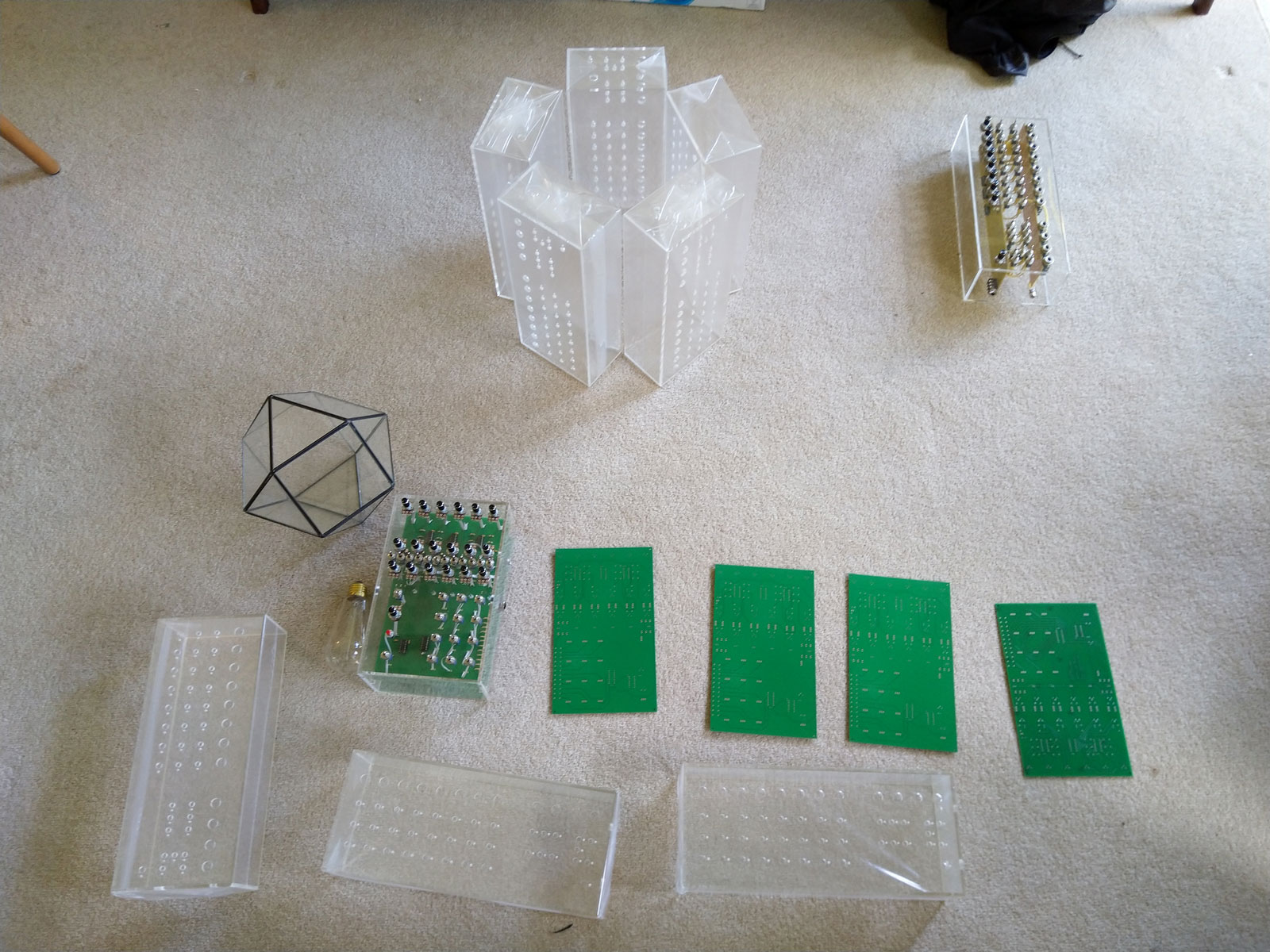
Designing the housing and assembling the first modules.
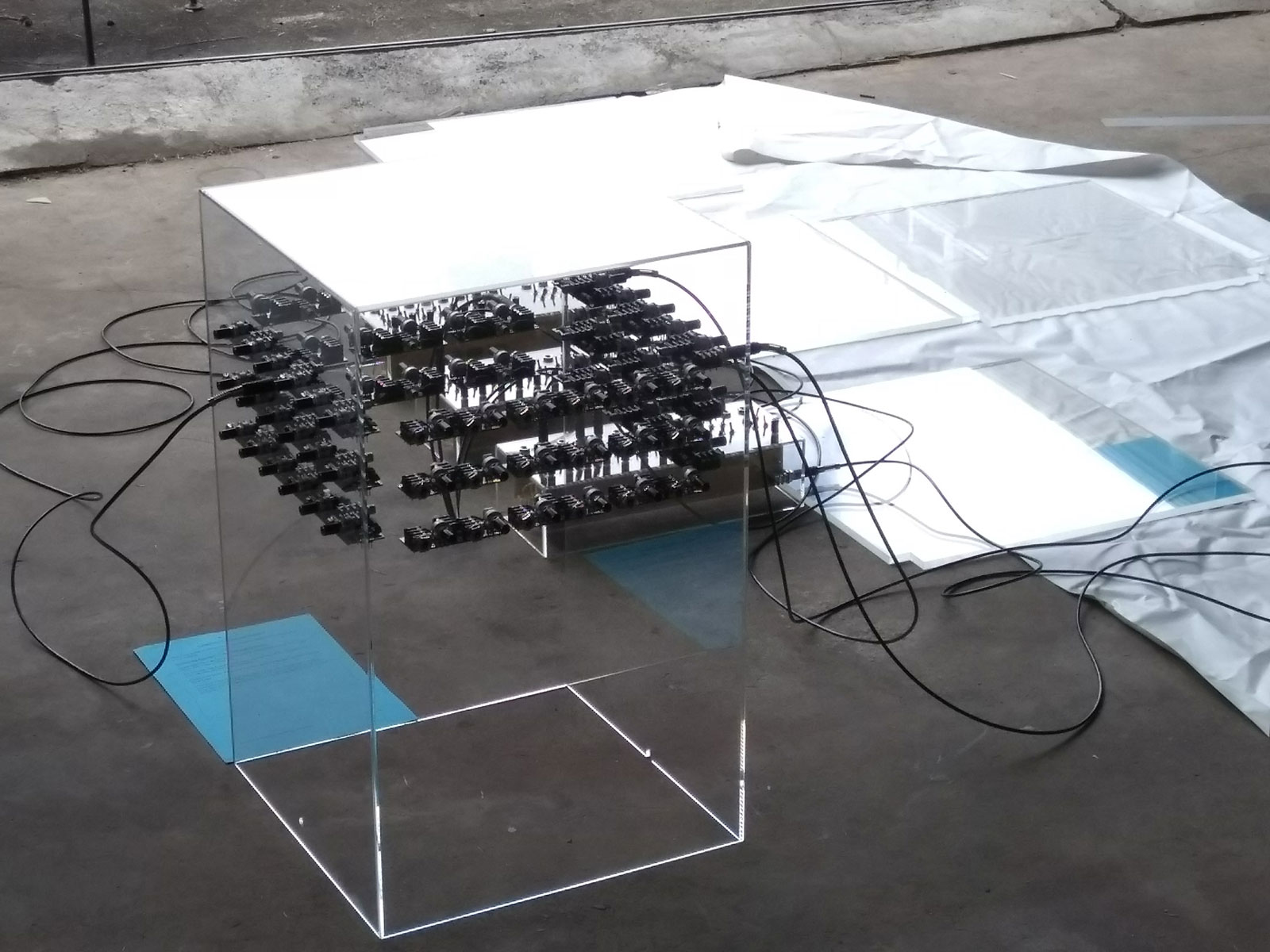
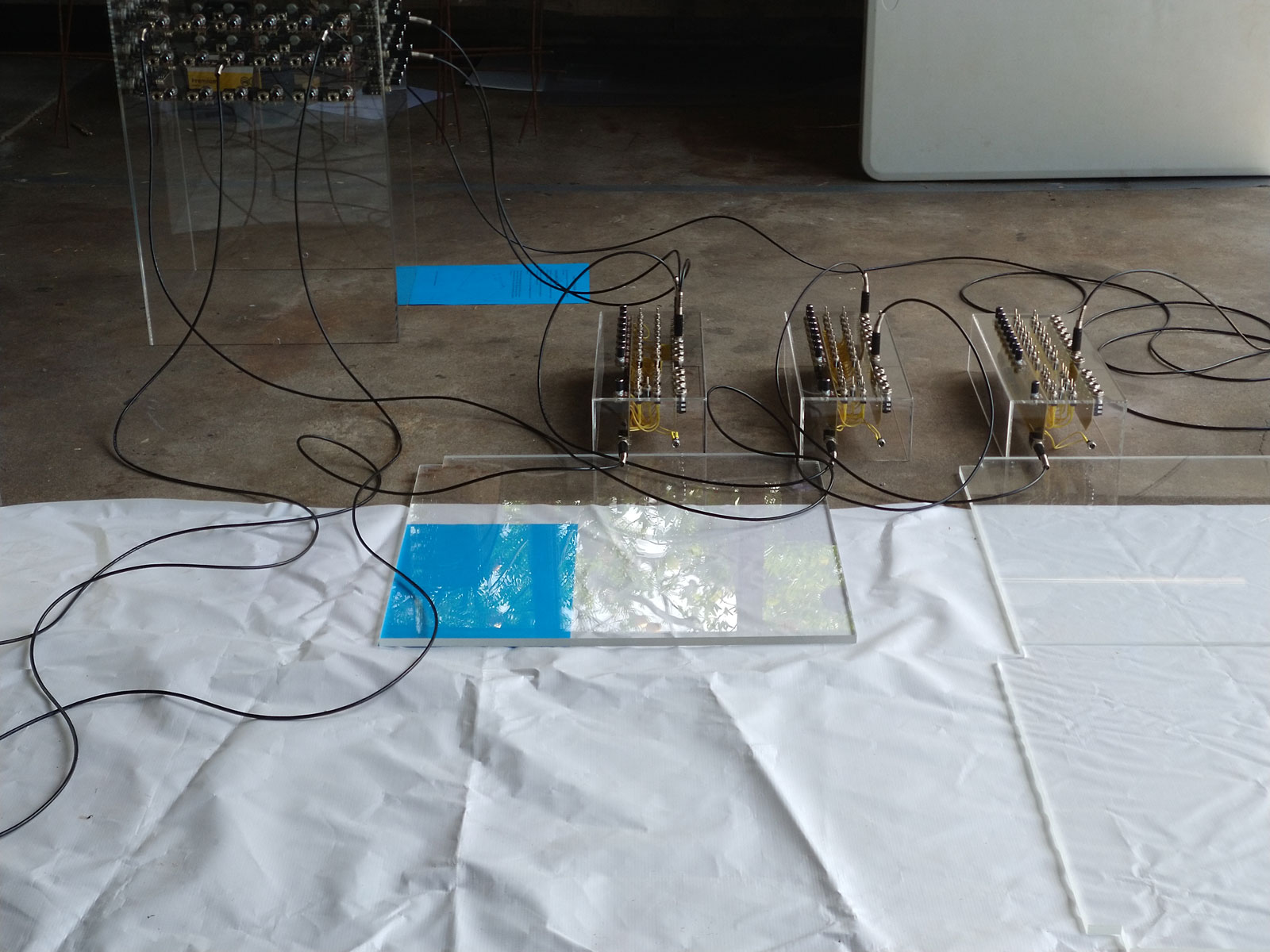
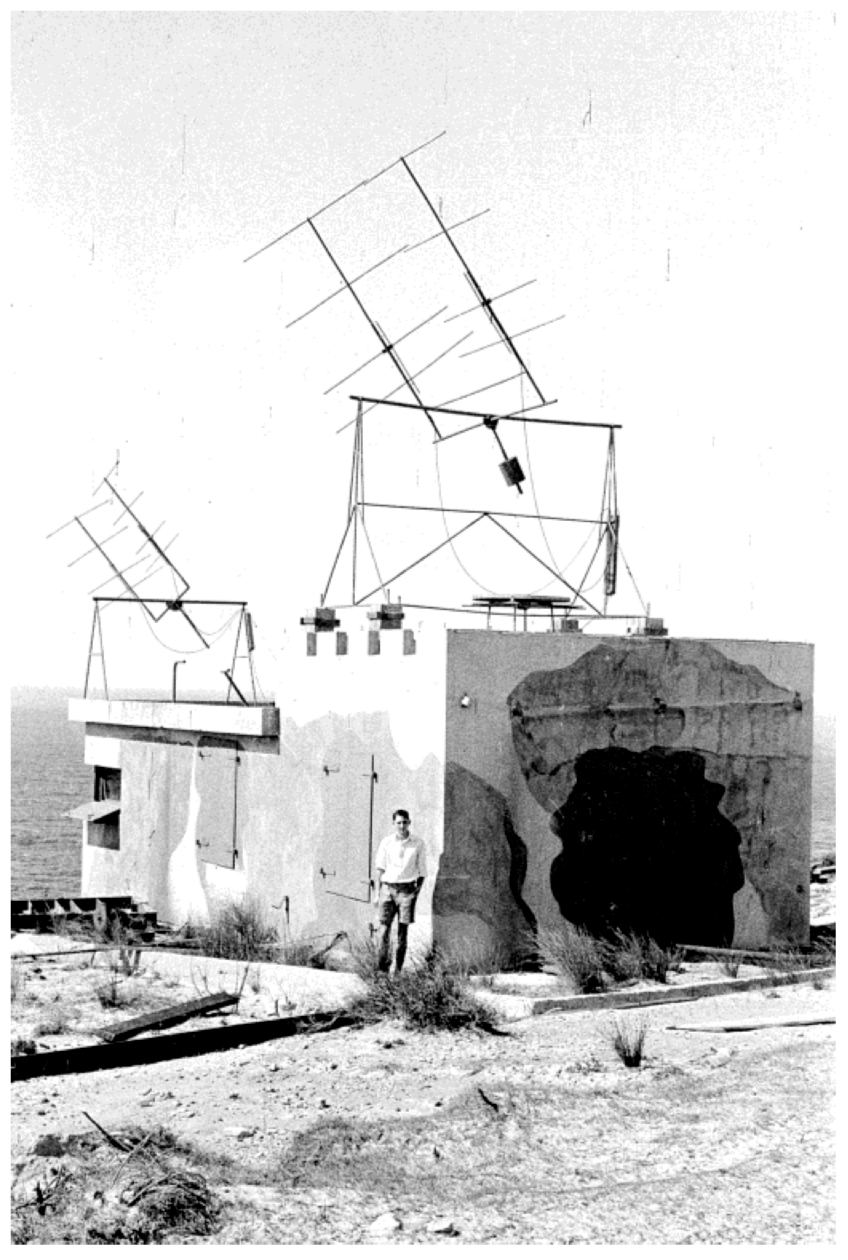

Documentation of early radio experiments undertaken in New Zealand and Australia the 1940s. These experiments involved a process of sea-cliff interferometry, whereby the ocean is used as a giant mirror on which radio reflections could be measured against direct recordings in real time.
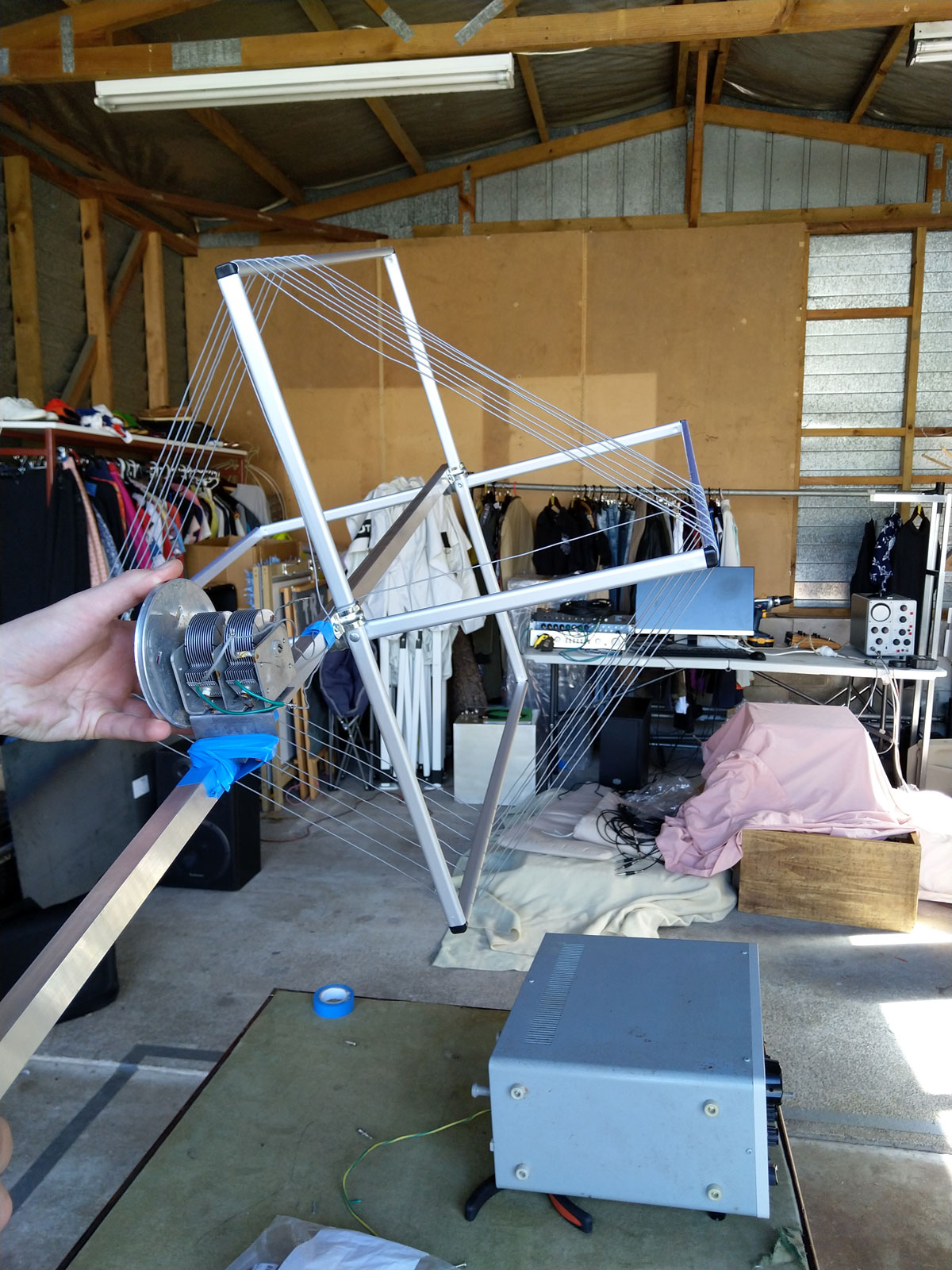
AM Loop antenna, which we used to modulate the radio field around us.
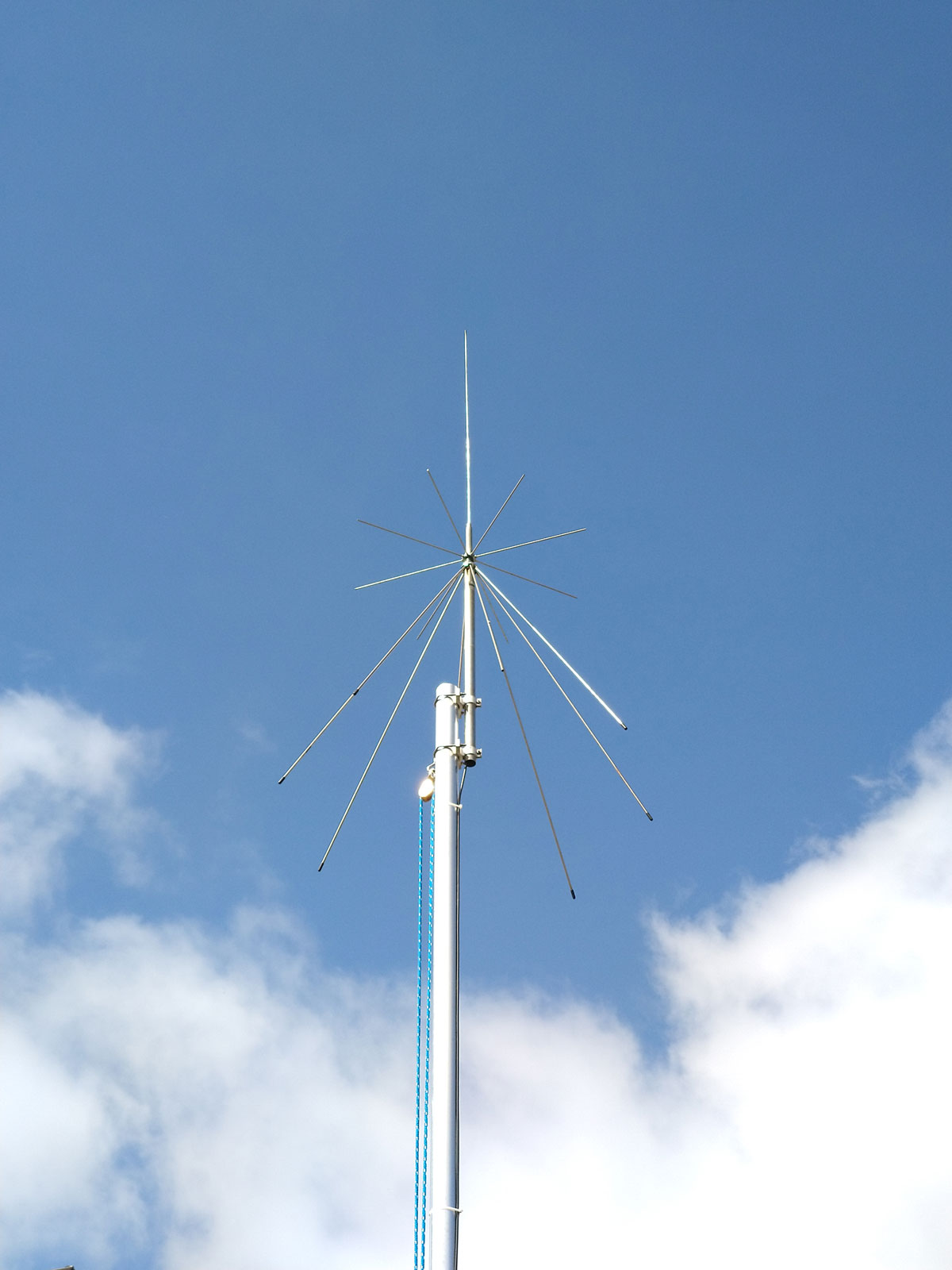
Radio antenna
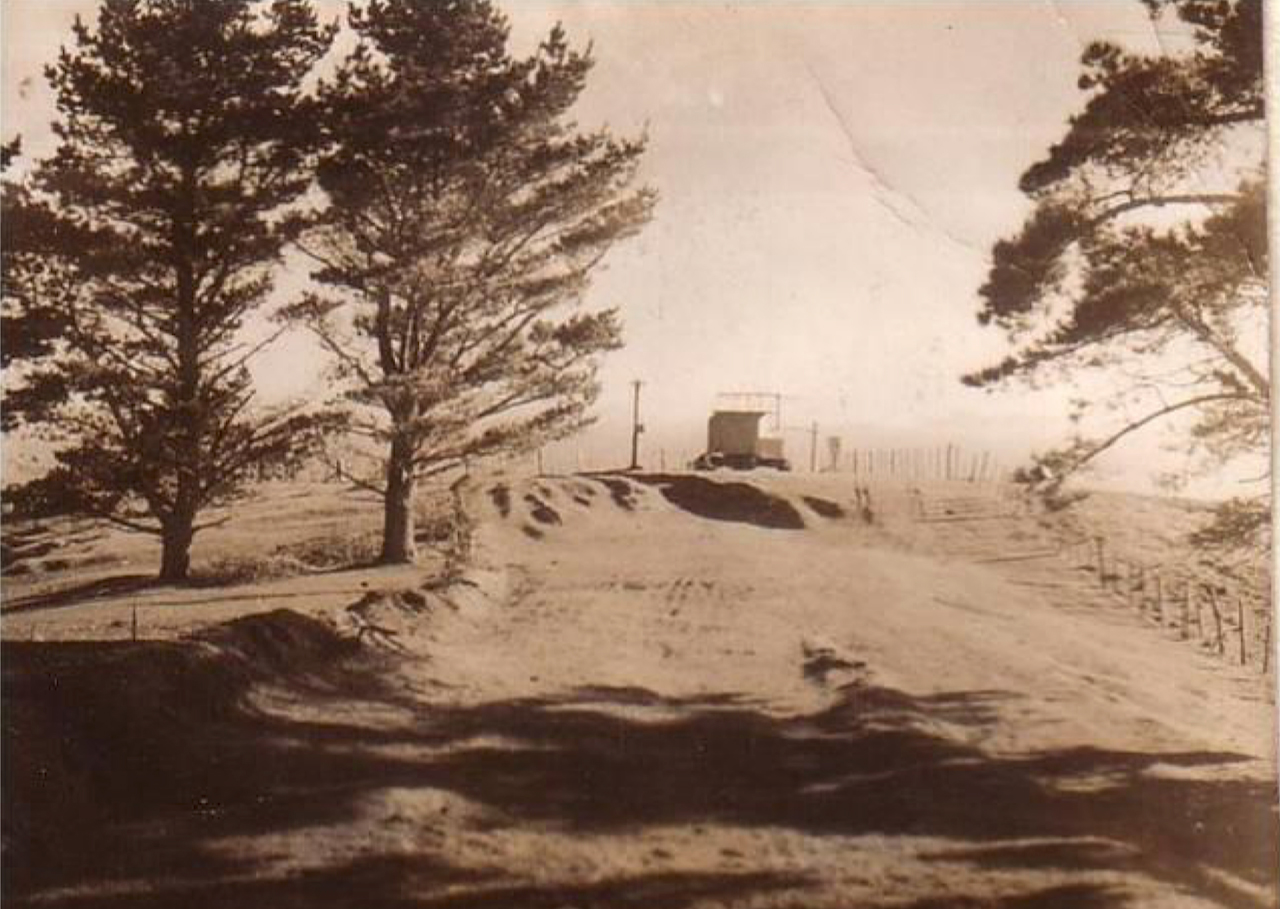
The Pakiri site in 1946, looking out to sea with the interferometer installed.
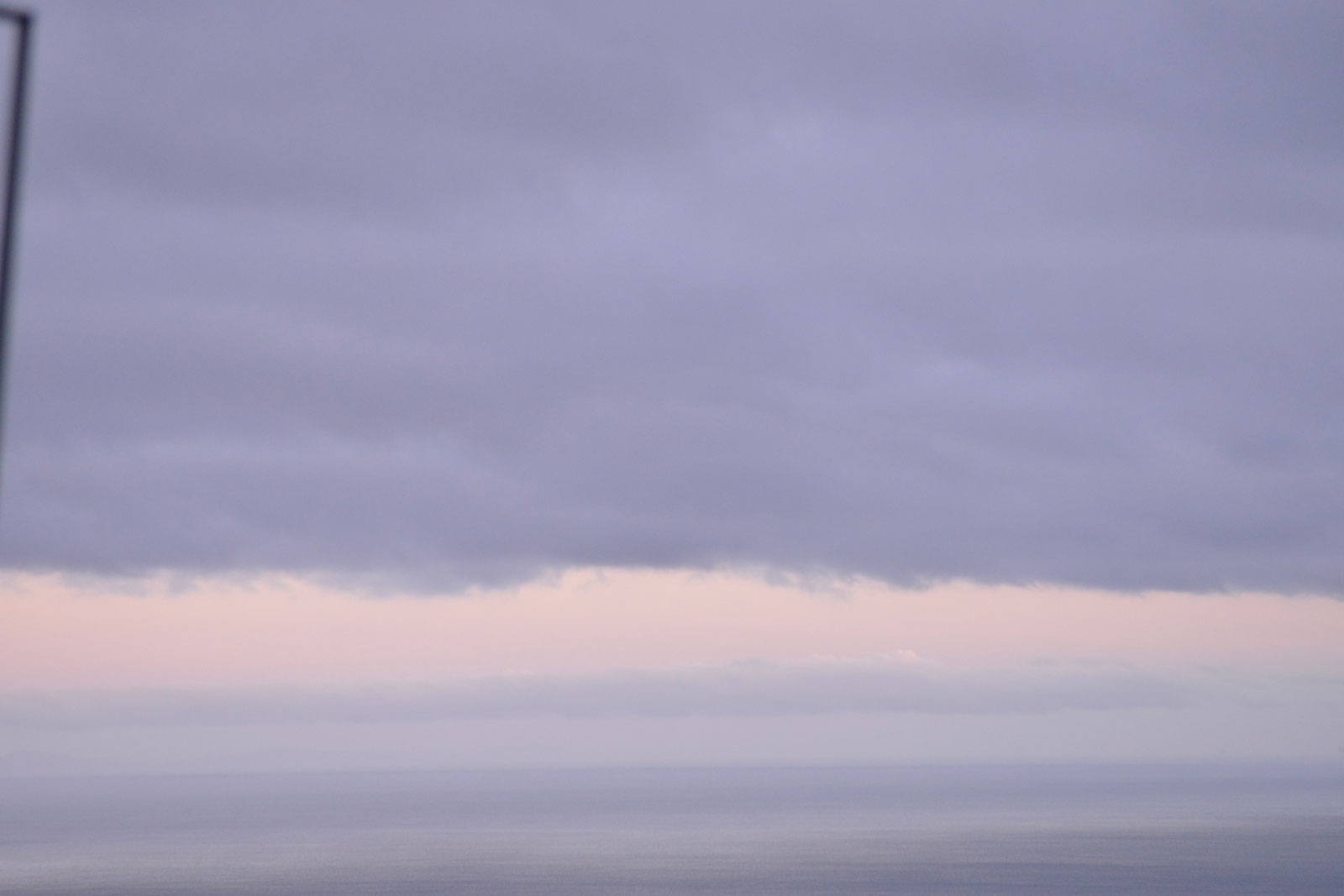
The Pakiri site in 2019, looking out to sea.
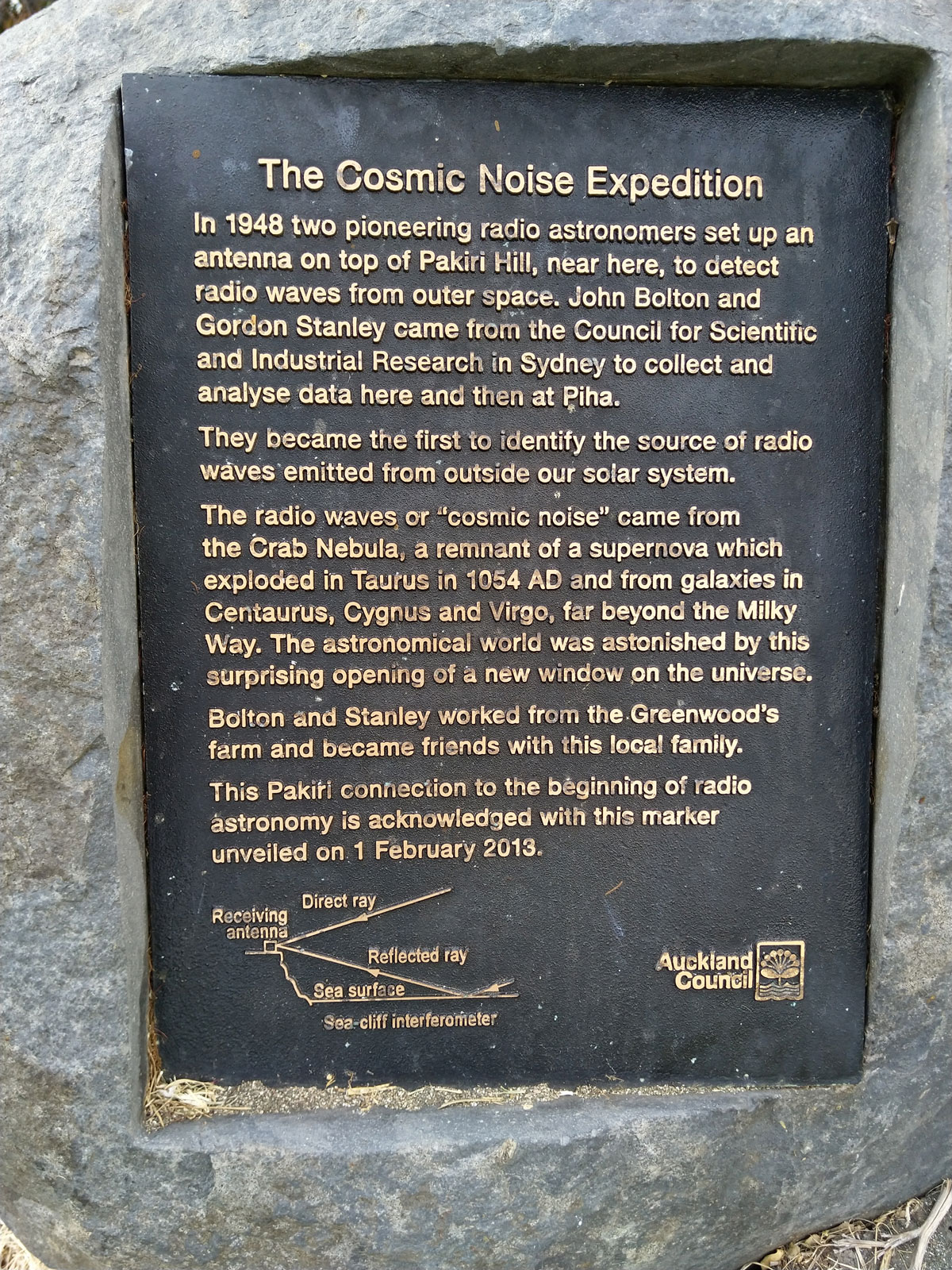
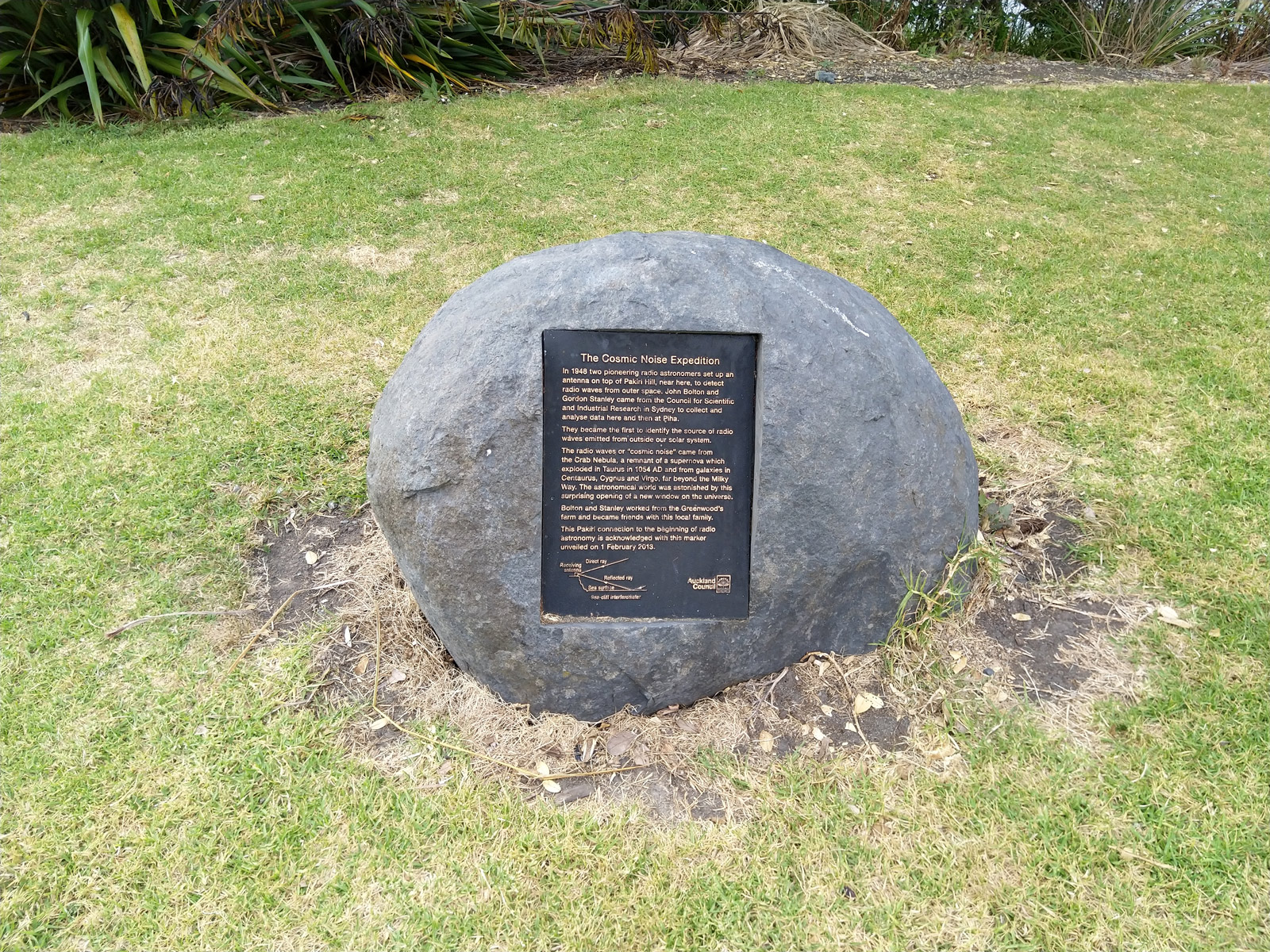
Plaque dedicated to the Cosmic Noise Experiments of the 1940s at the Pakiri site.
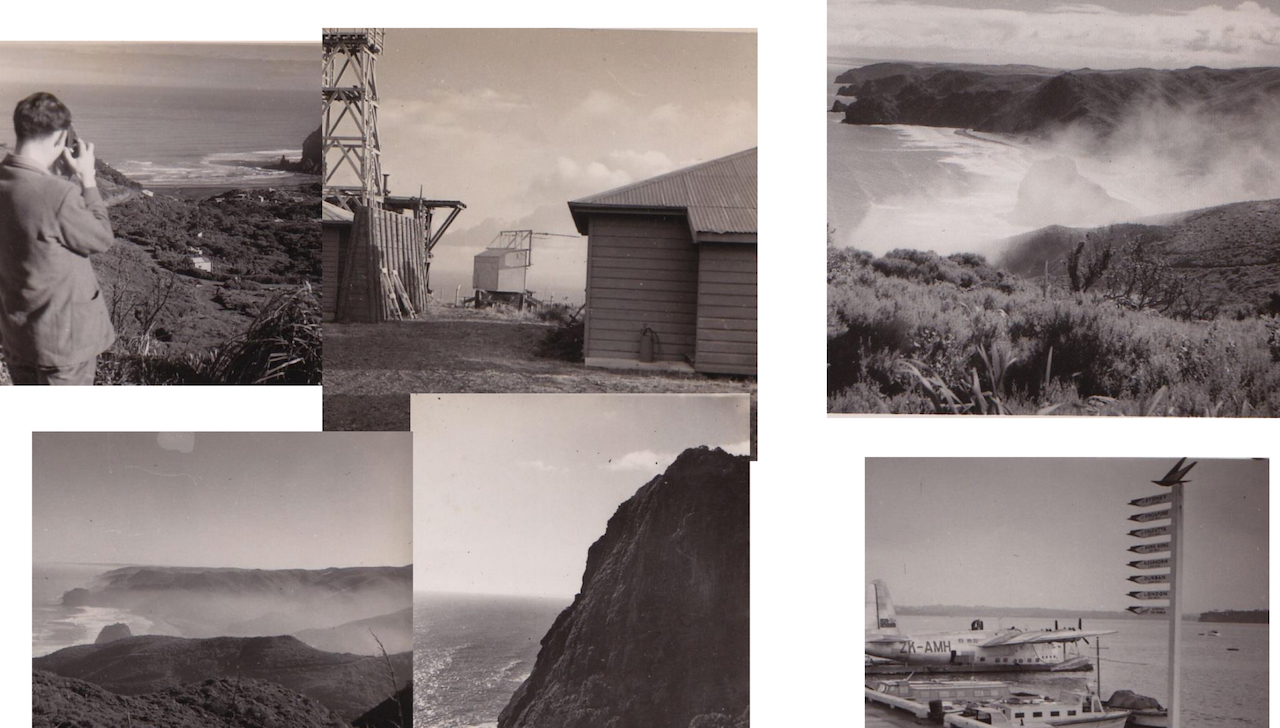
Image collage of the Piha site in the 1940s, taken from a power-point presentation made by Tim Natusch.

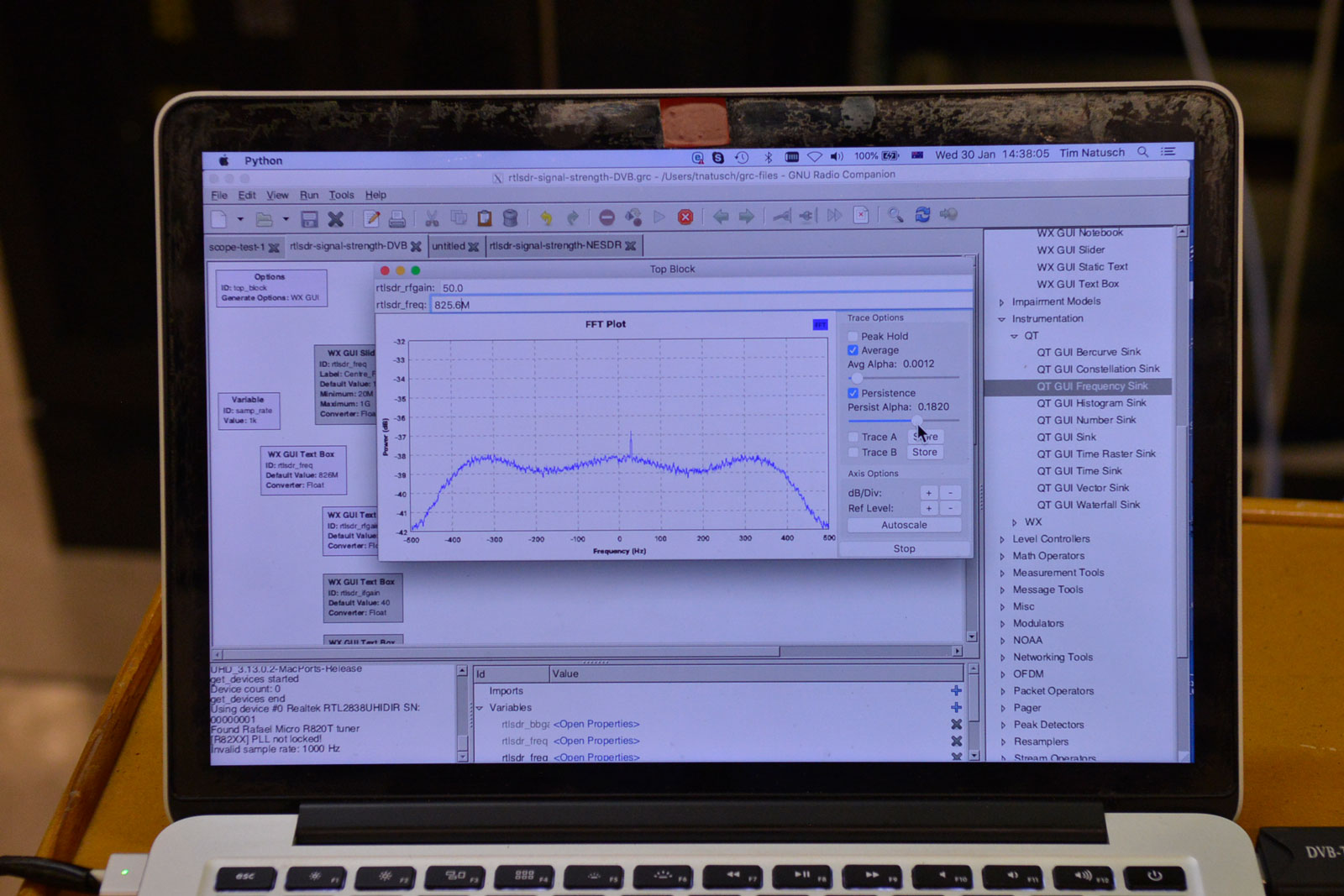
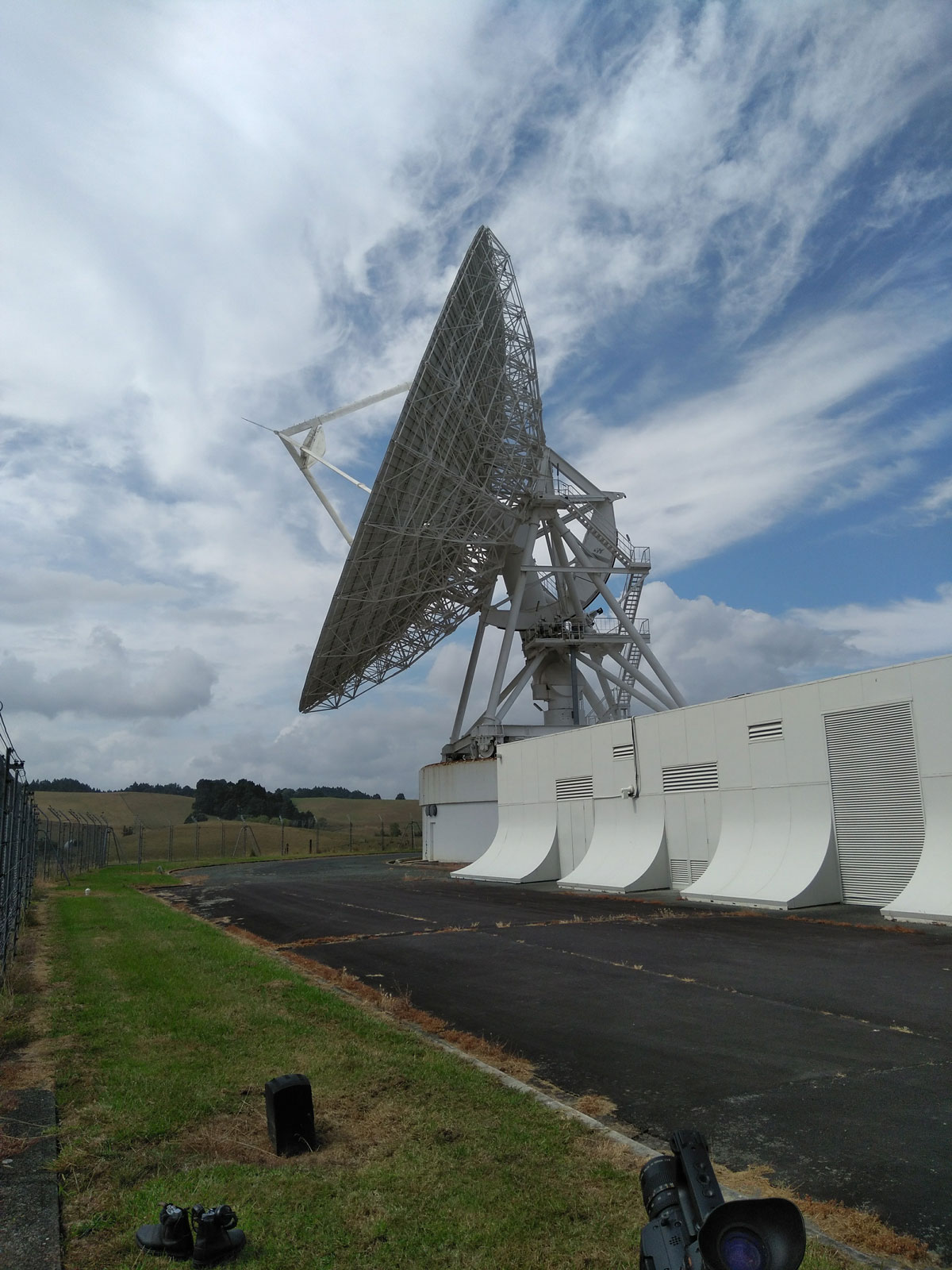
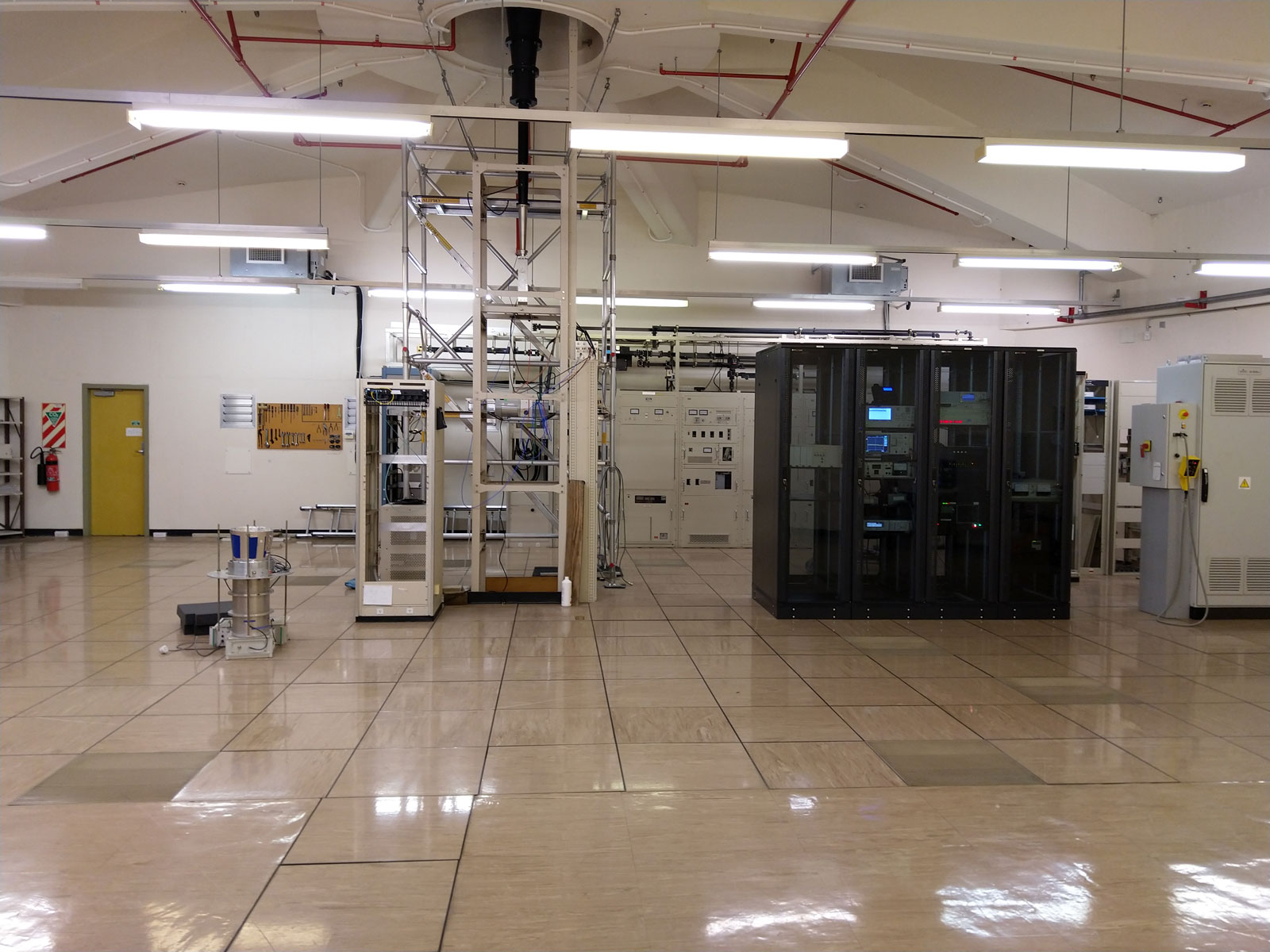

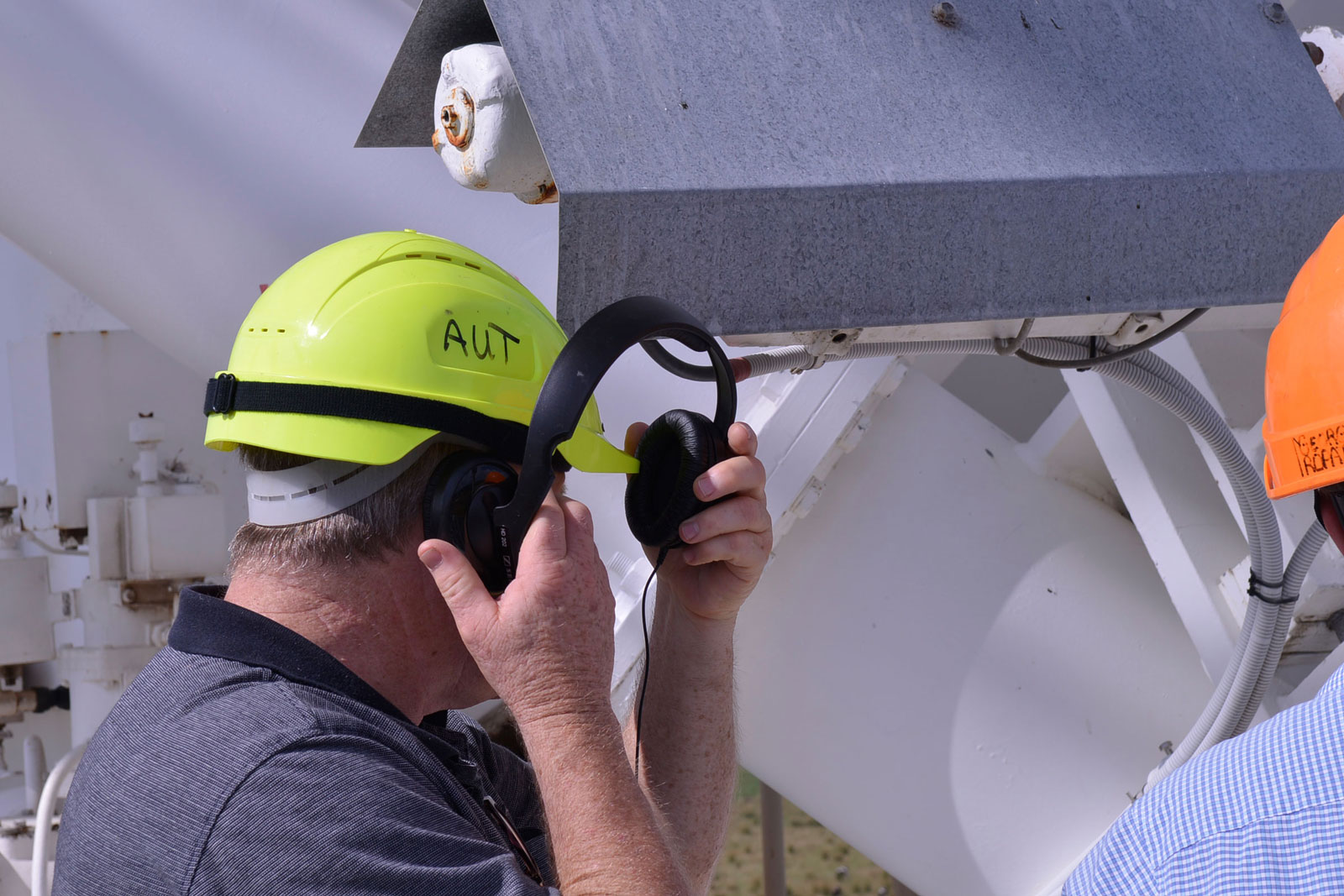
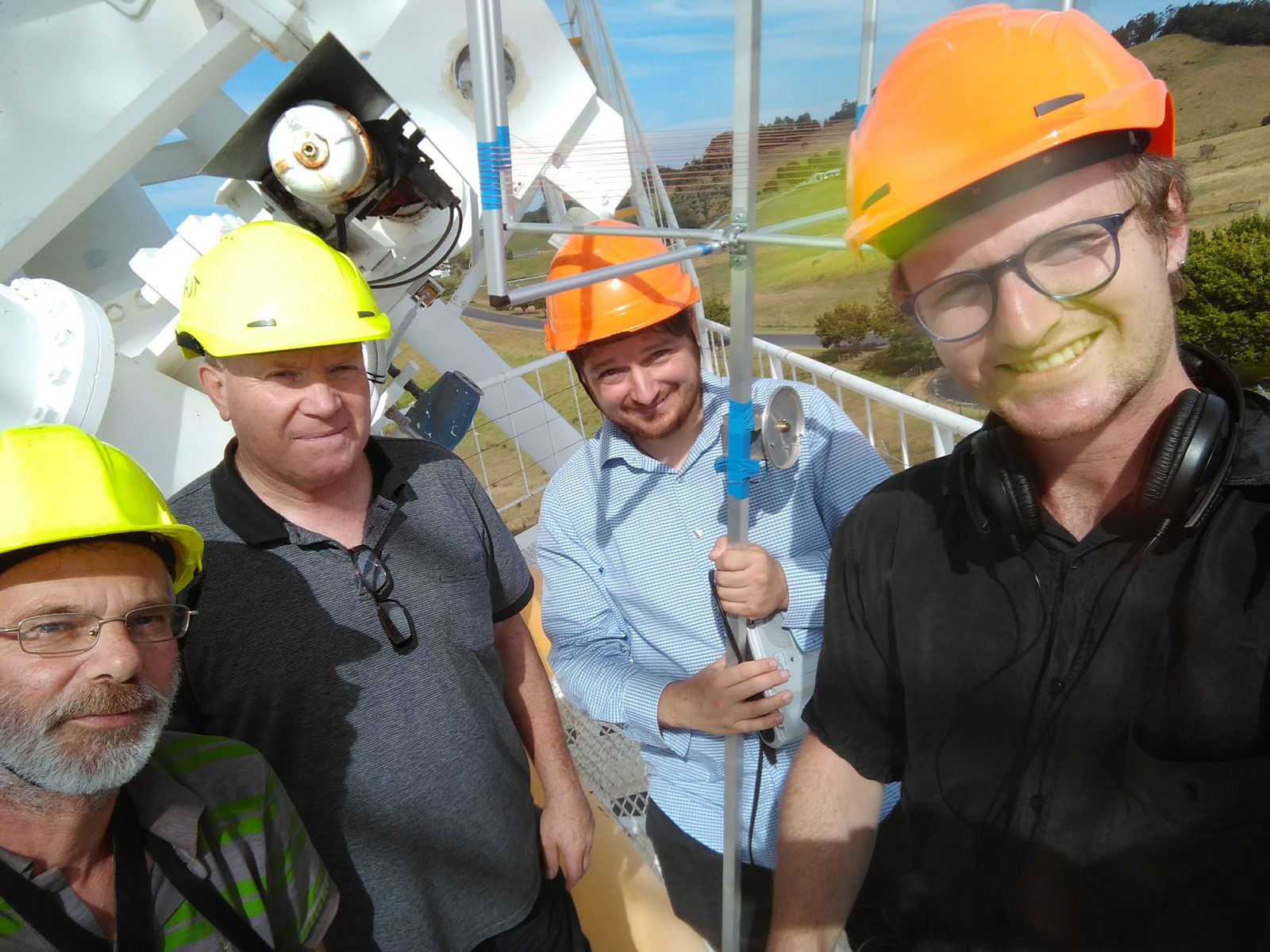
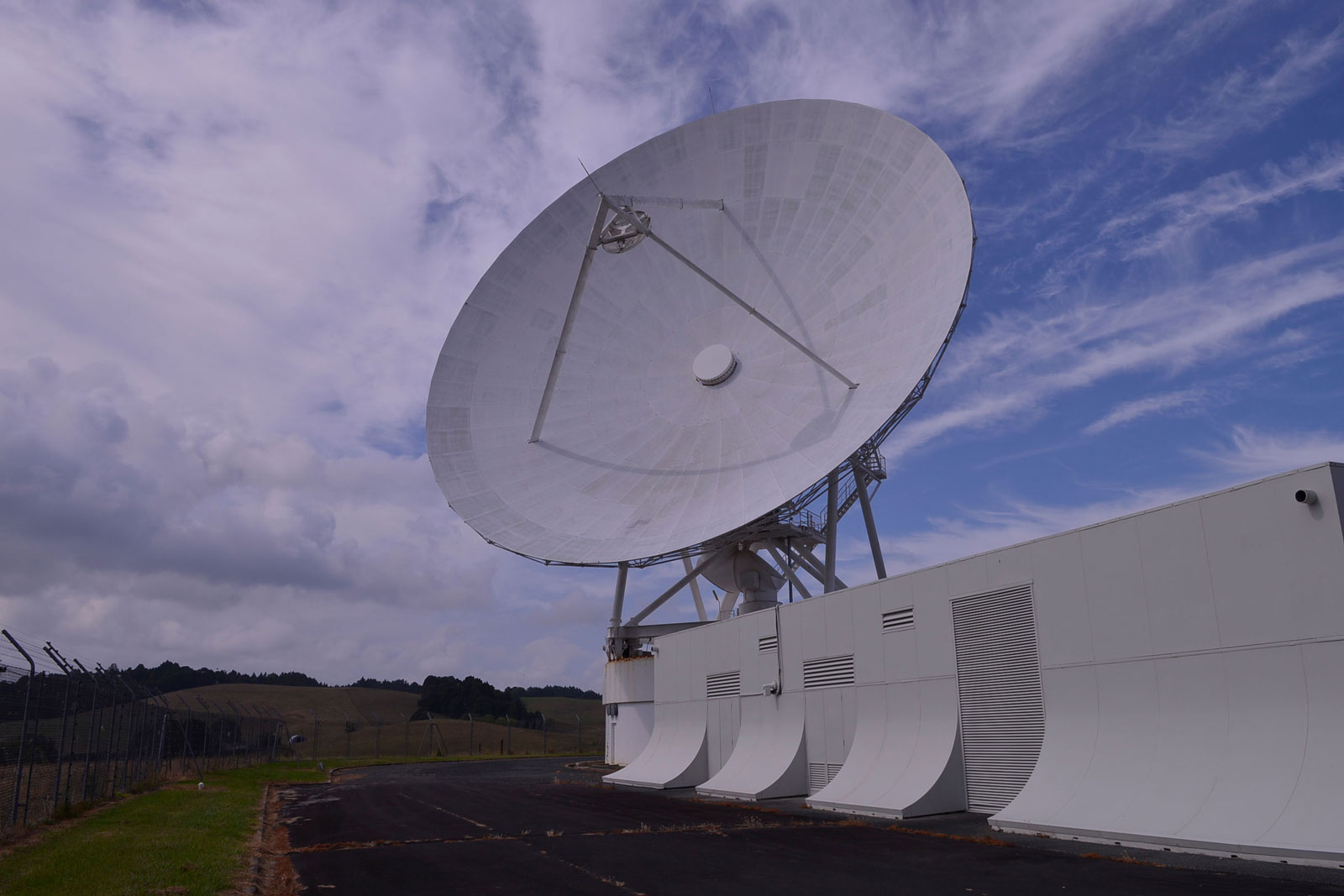
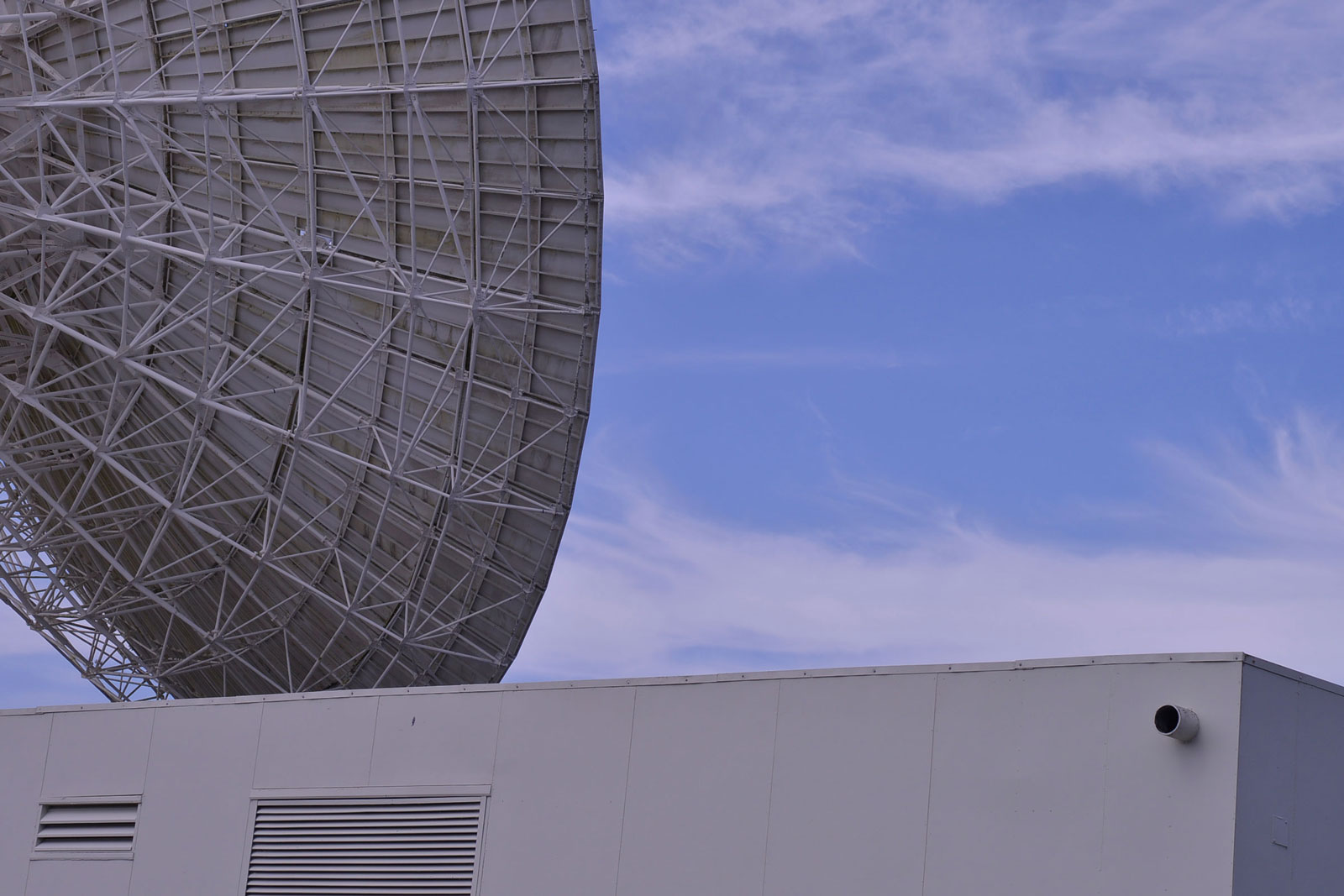
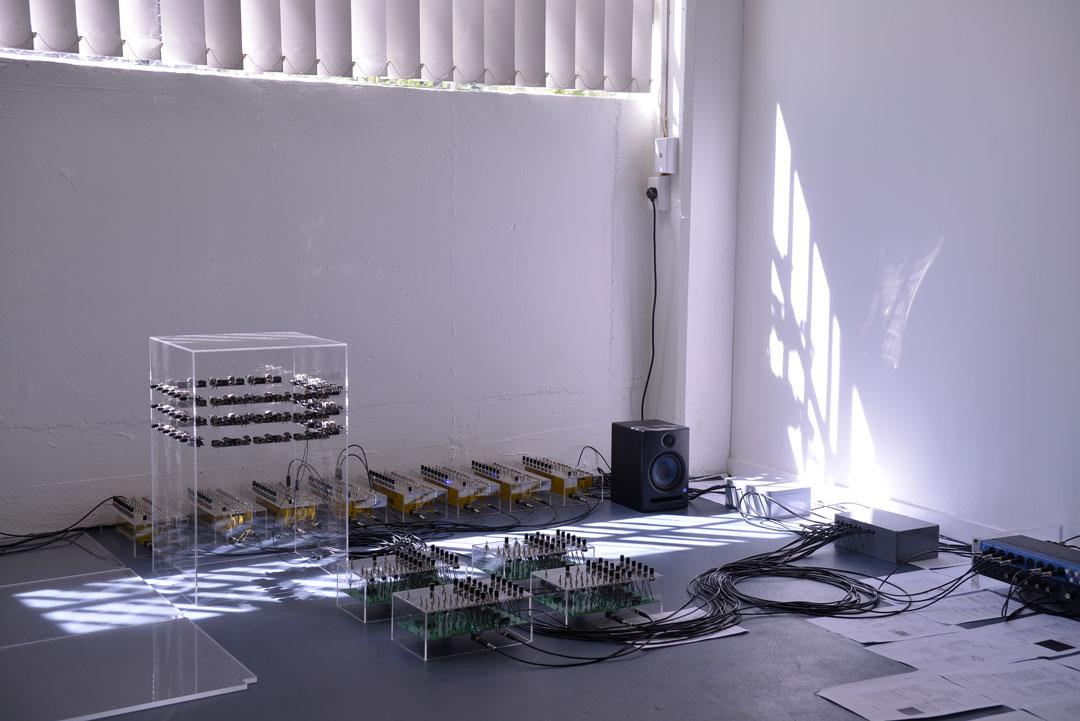
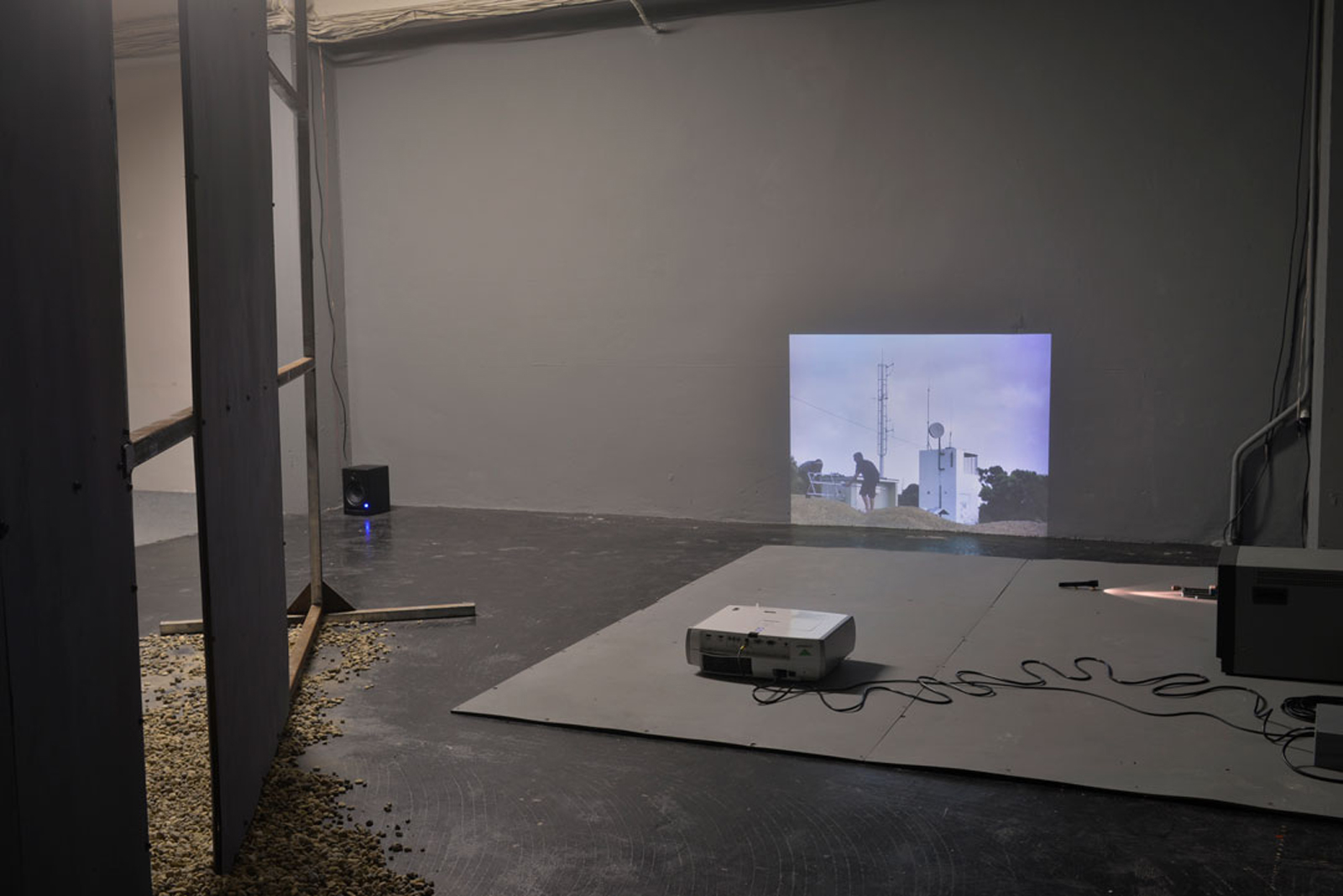
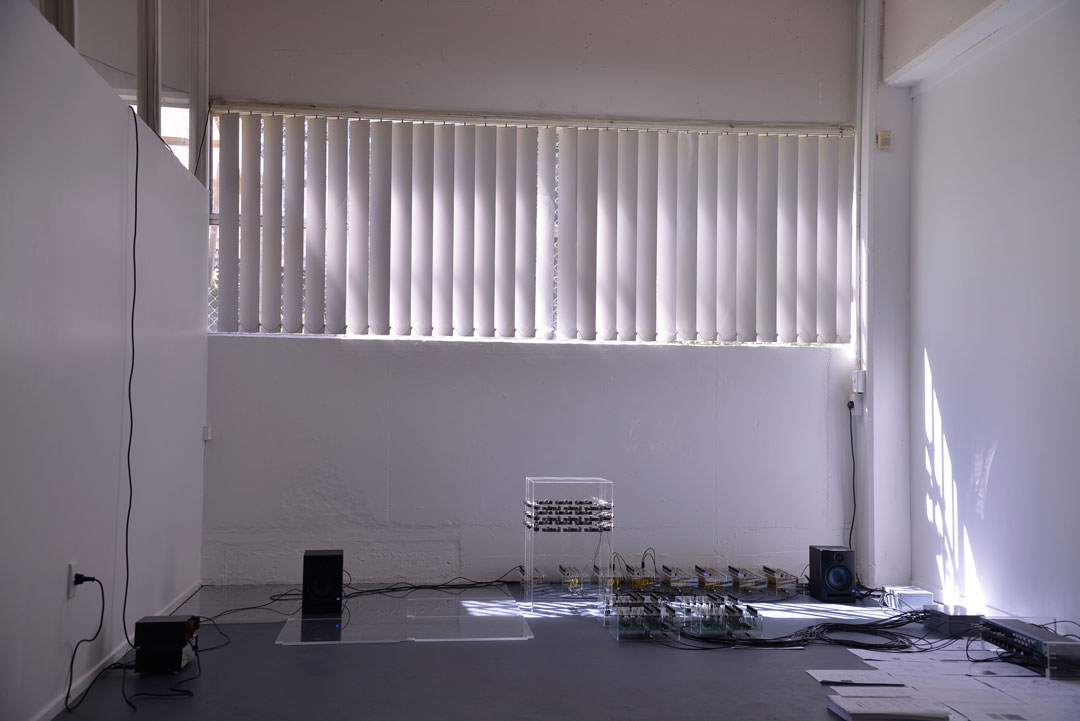
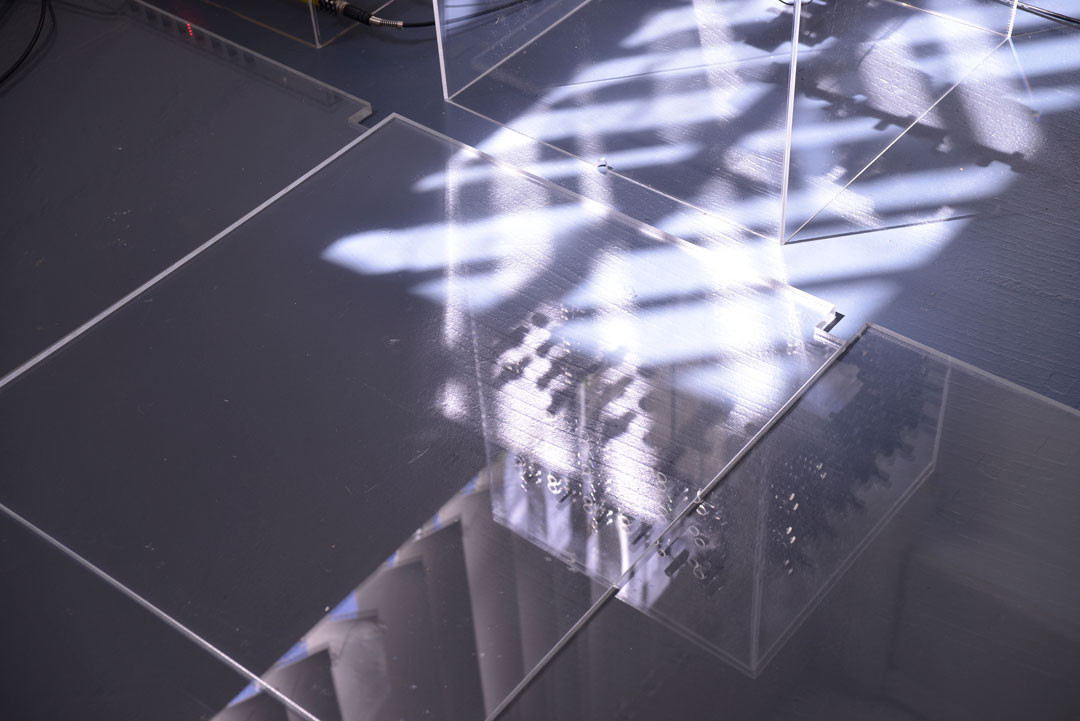
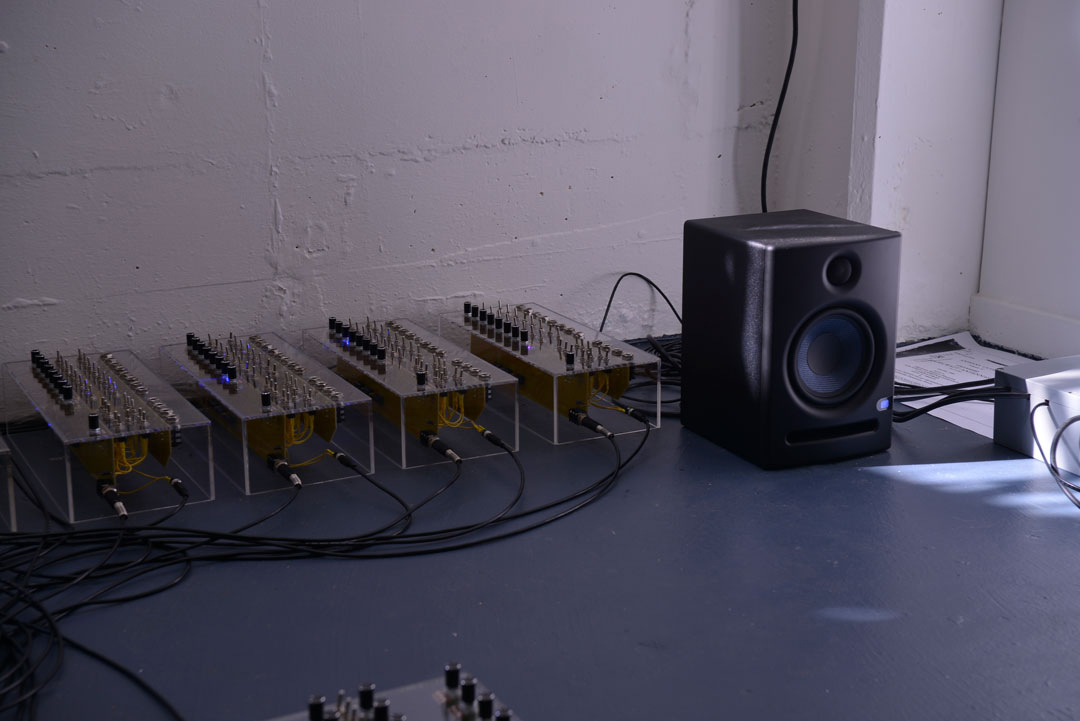
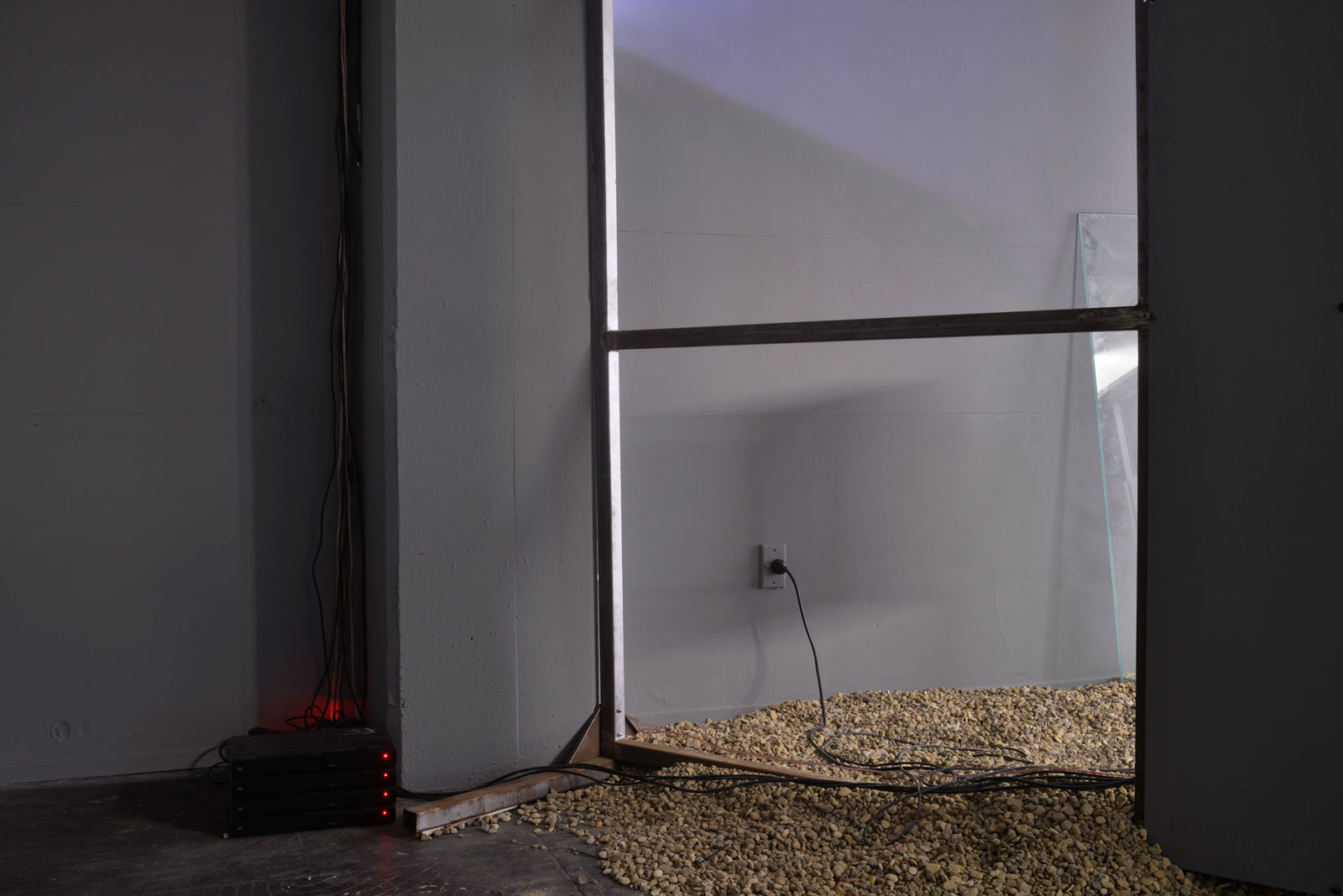
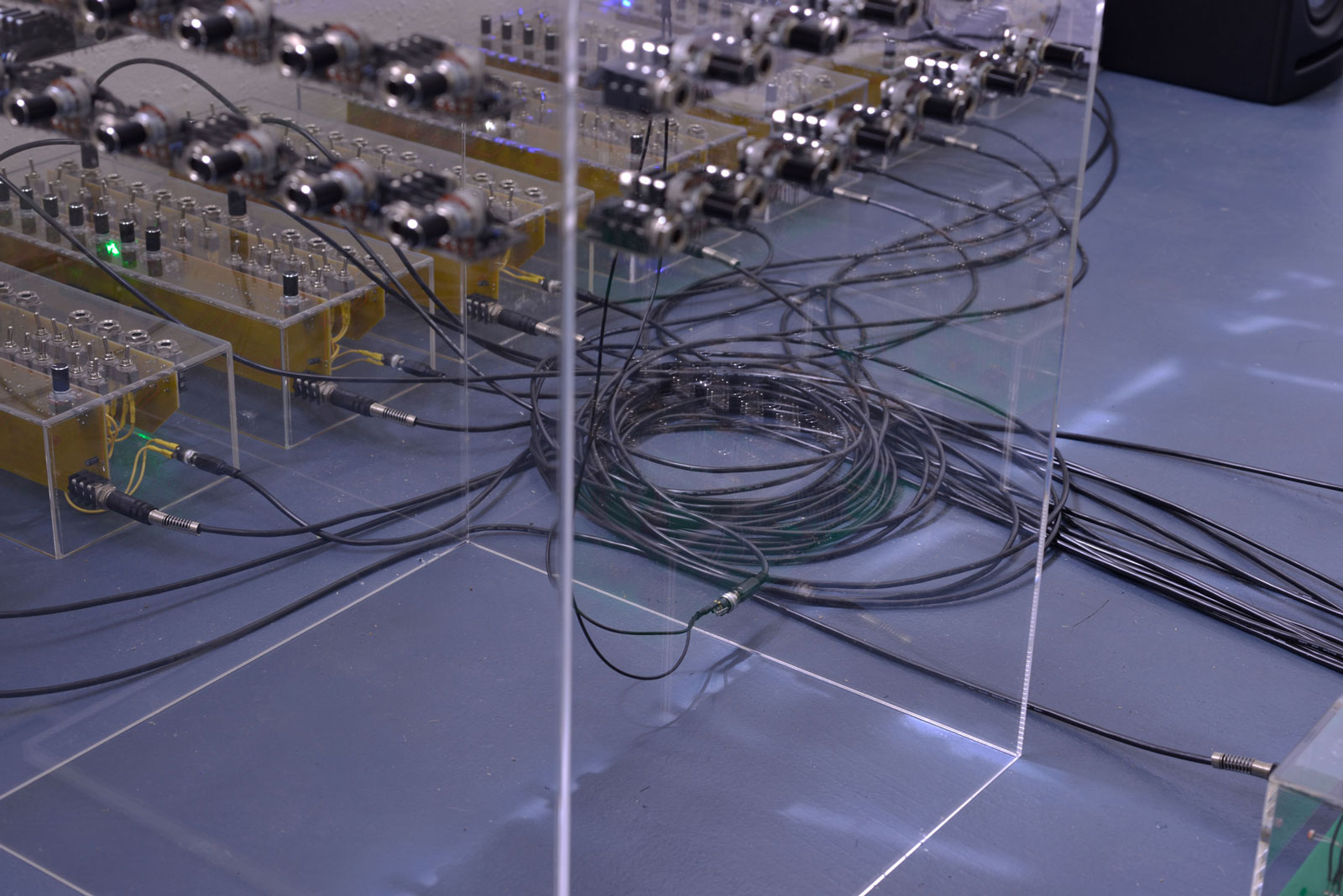
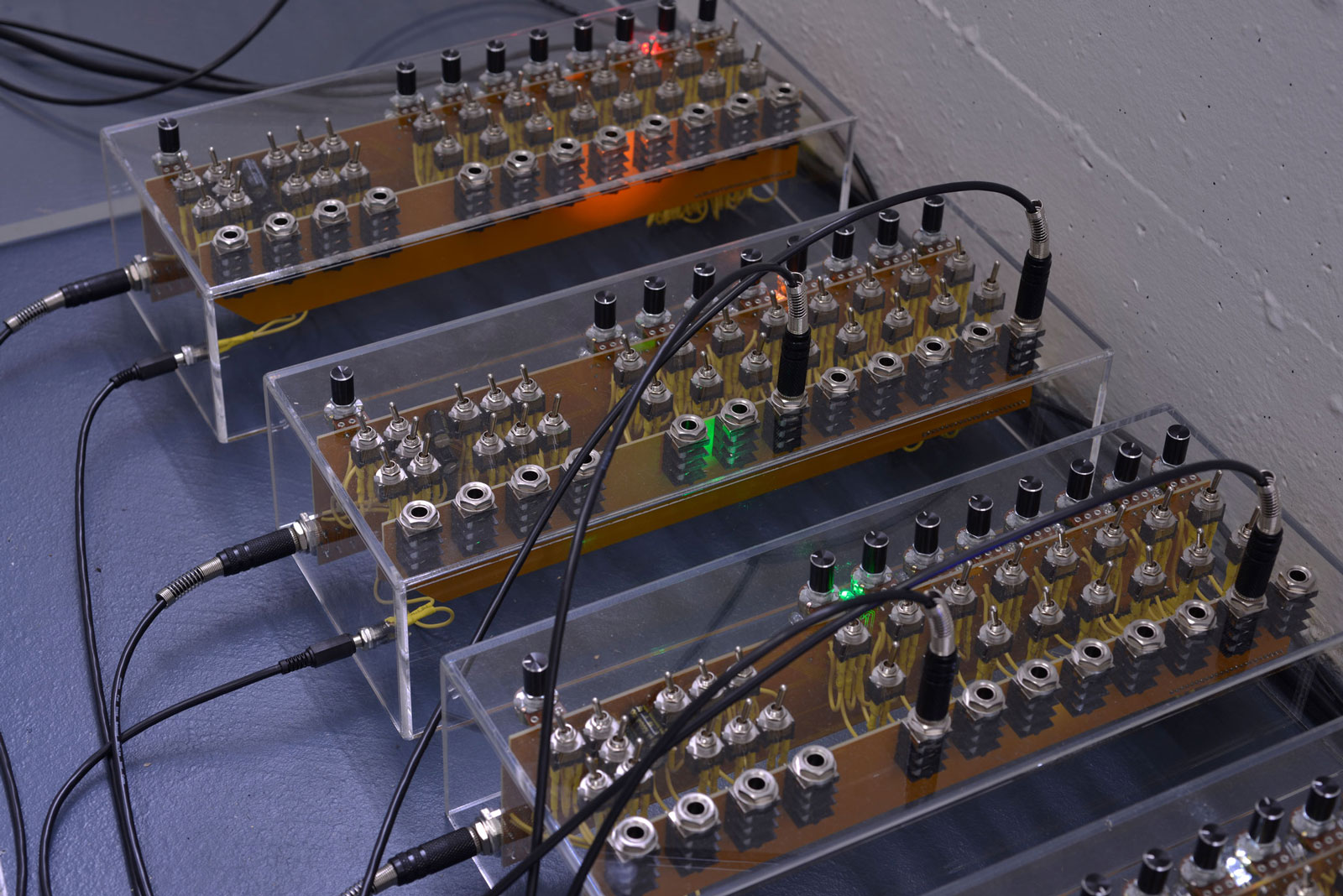
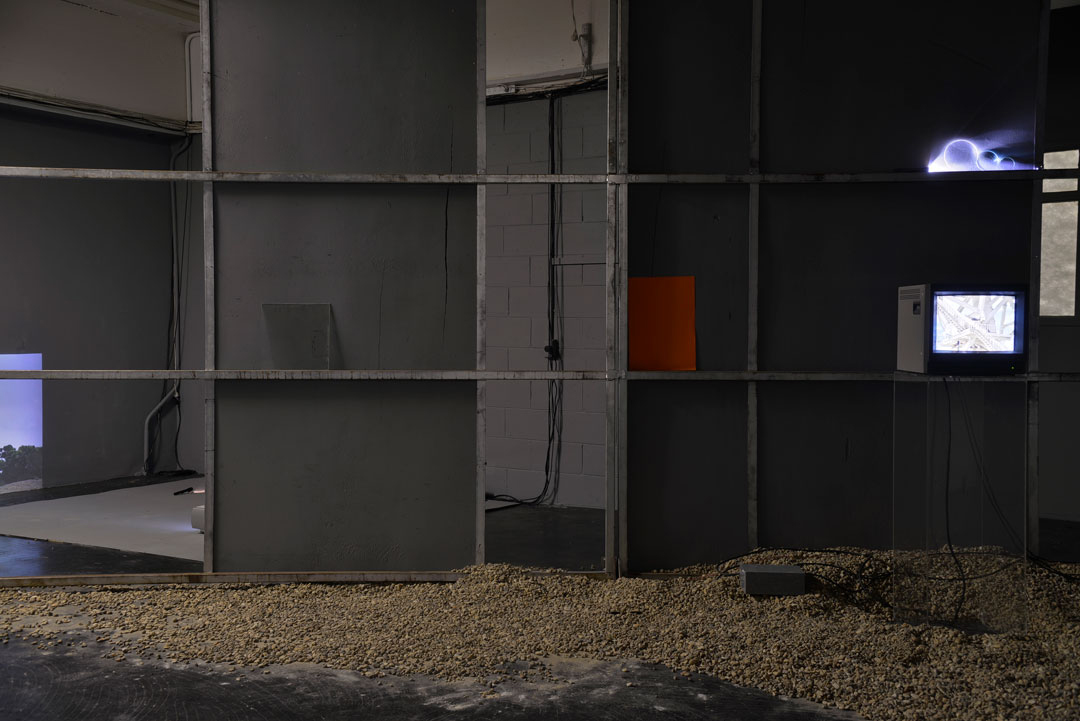

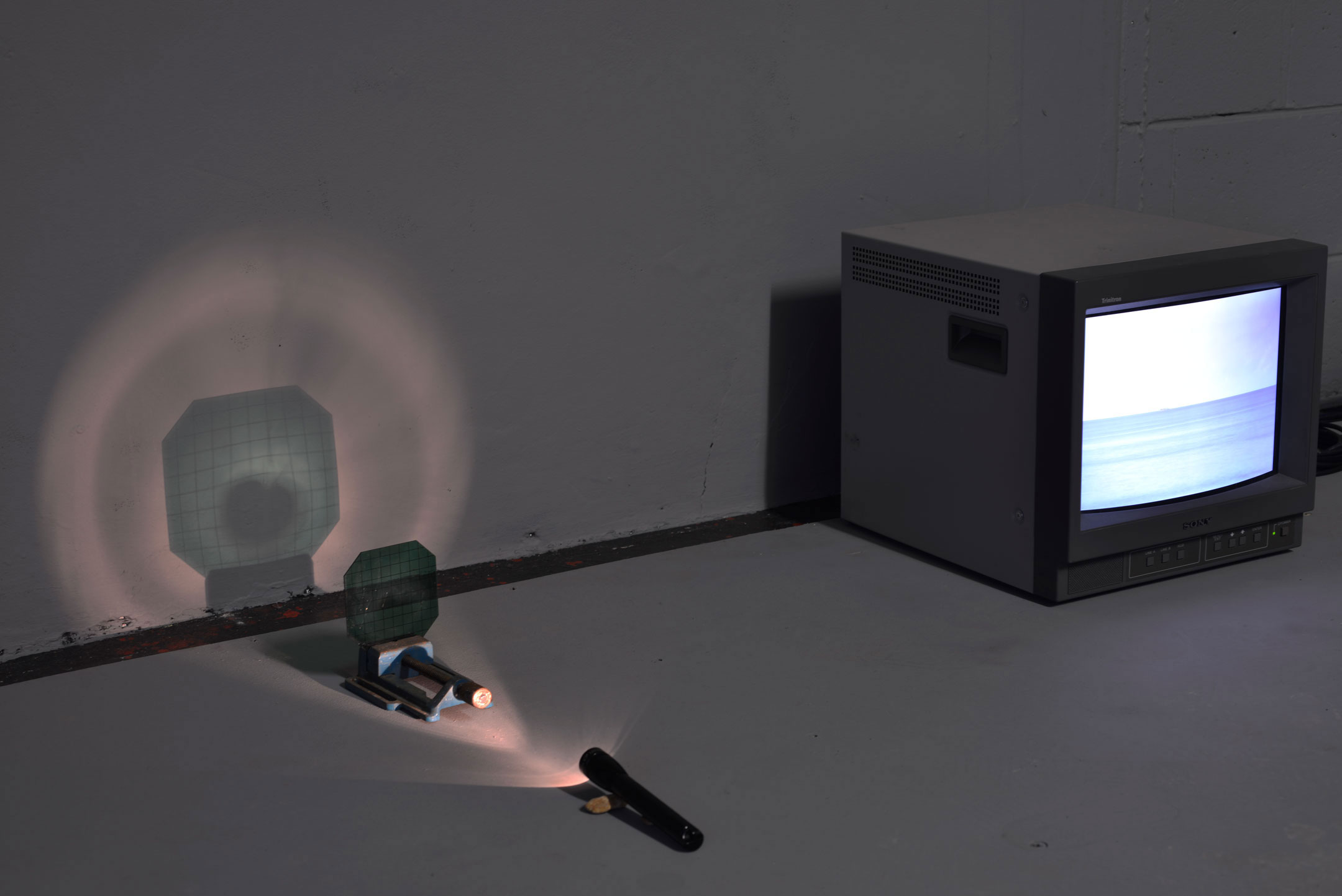
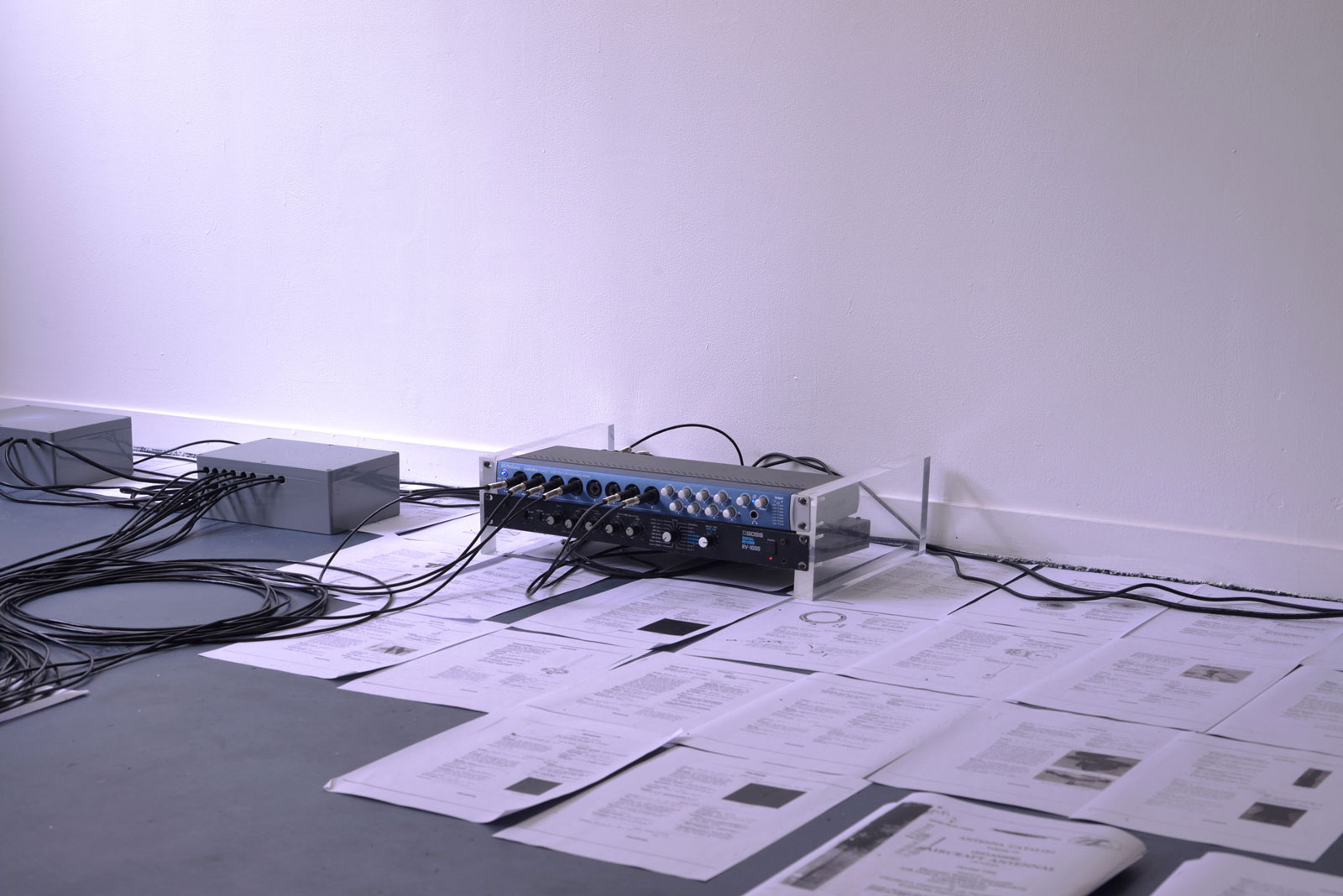
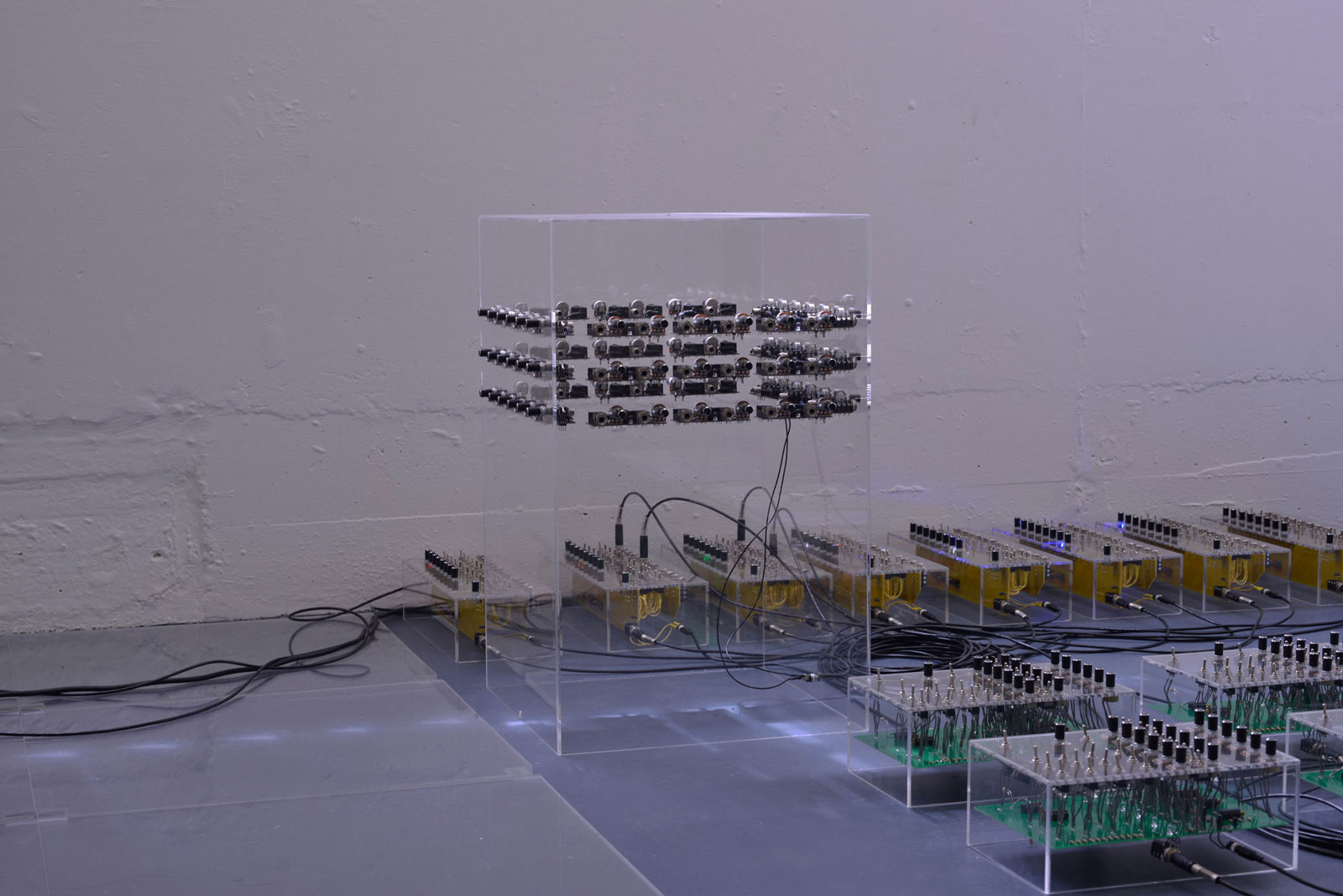
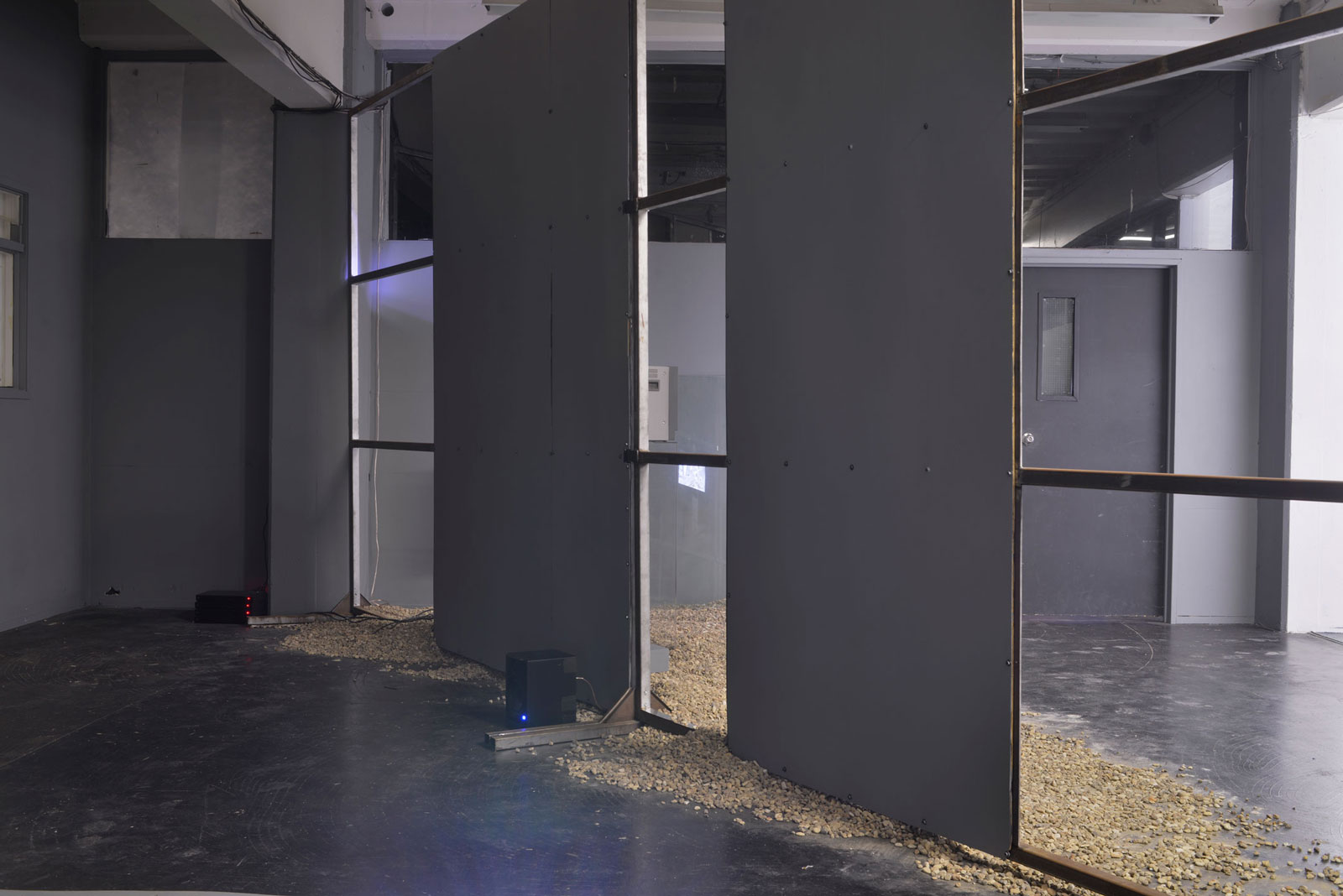
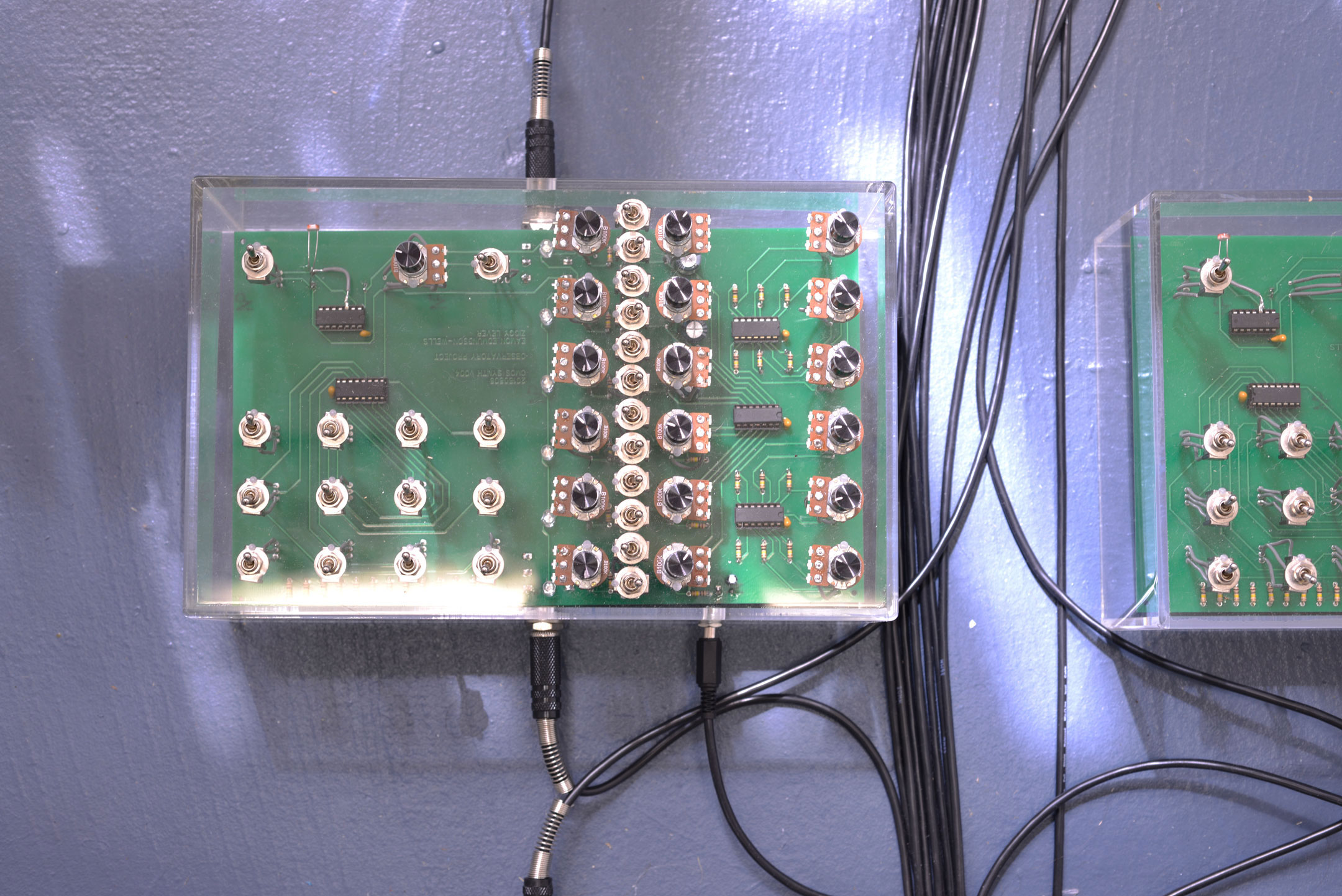
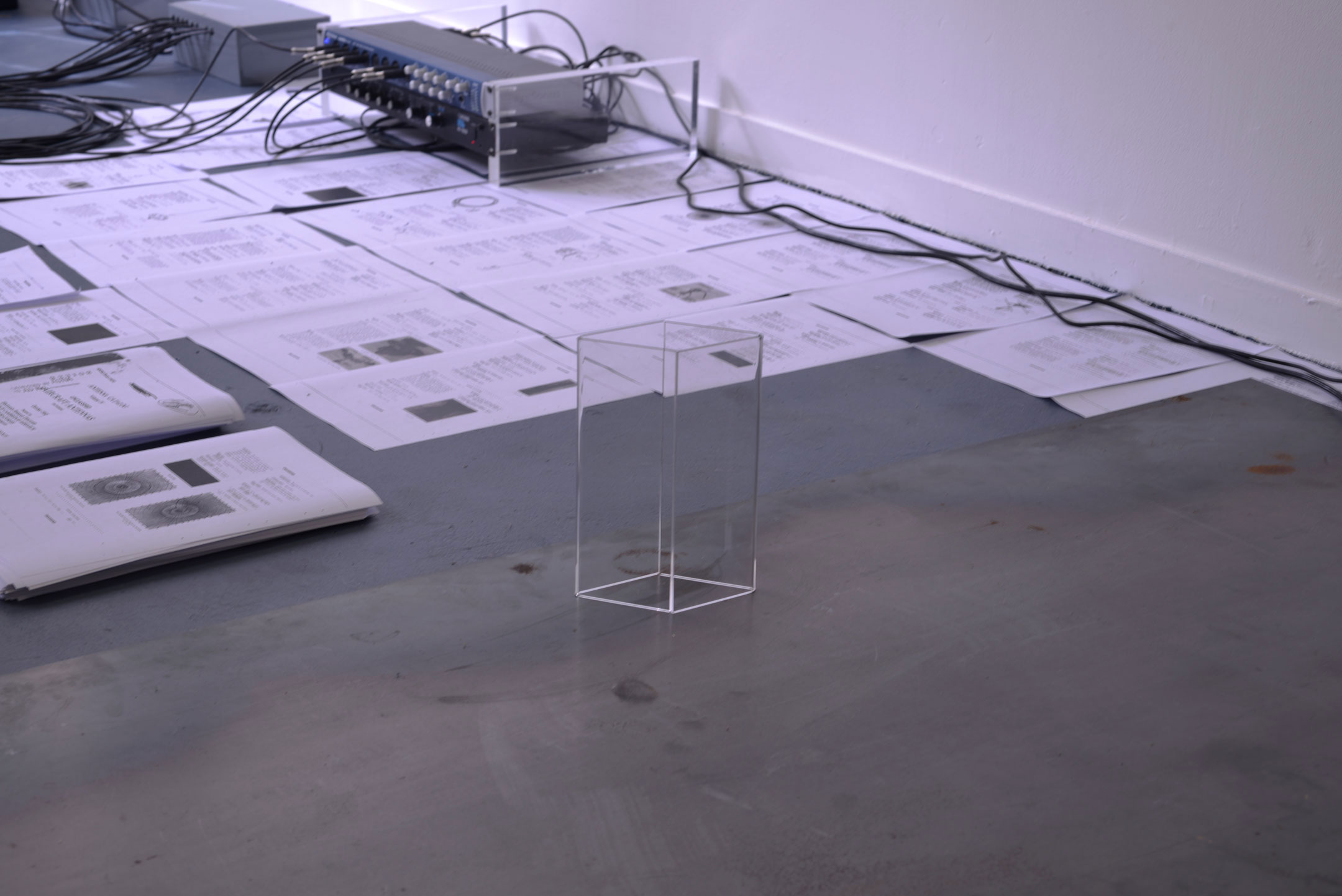

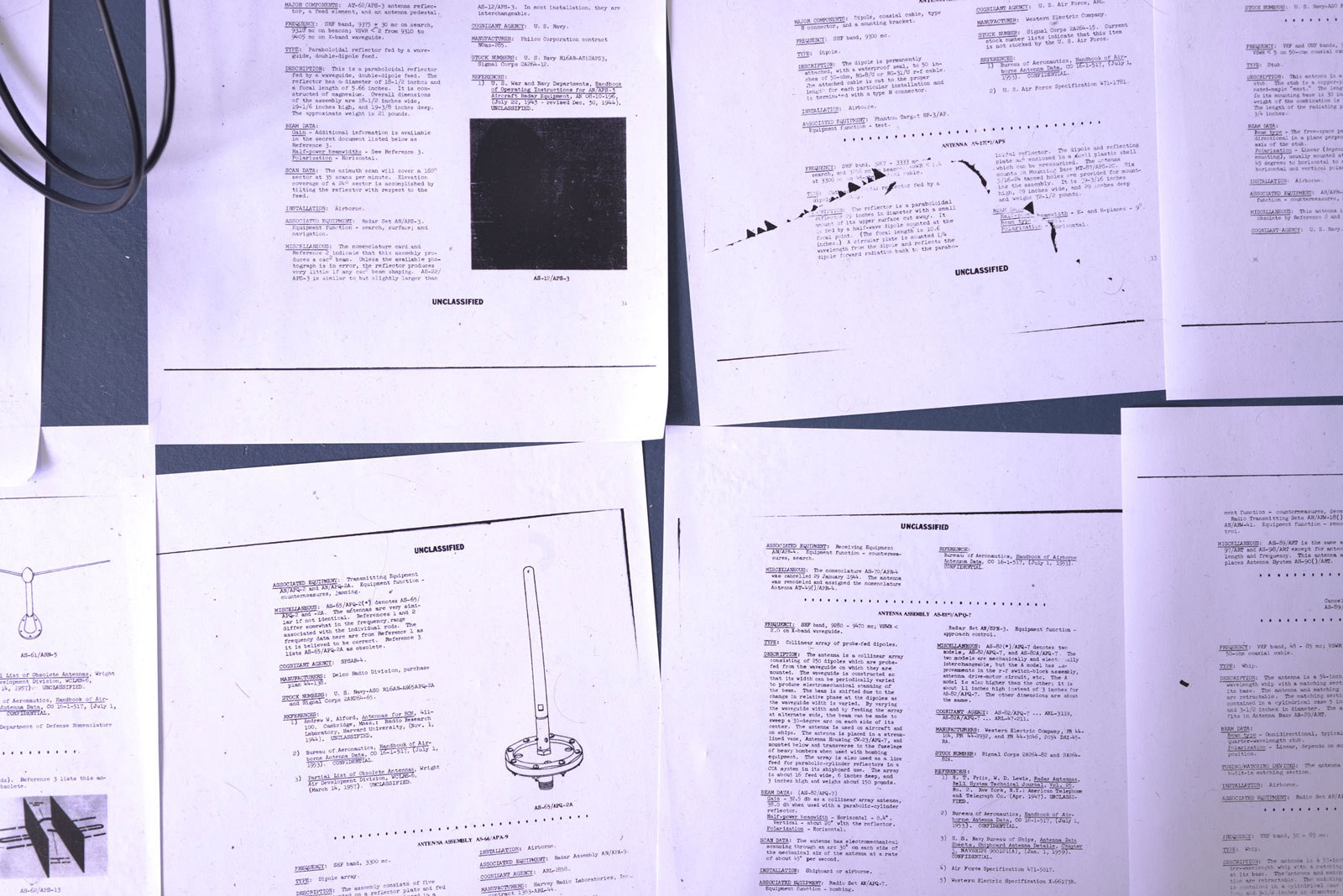
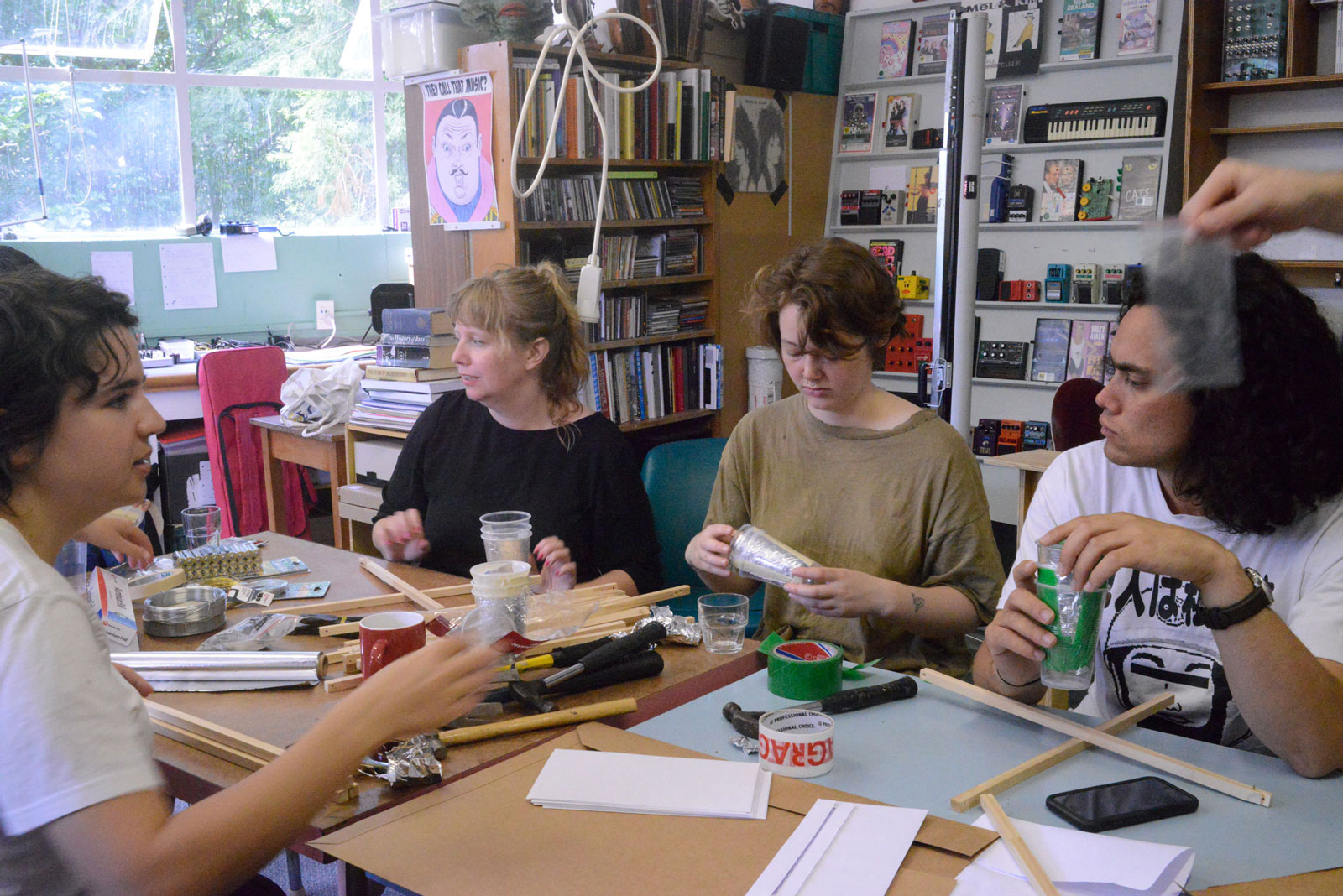
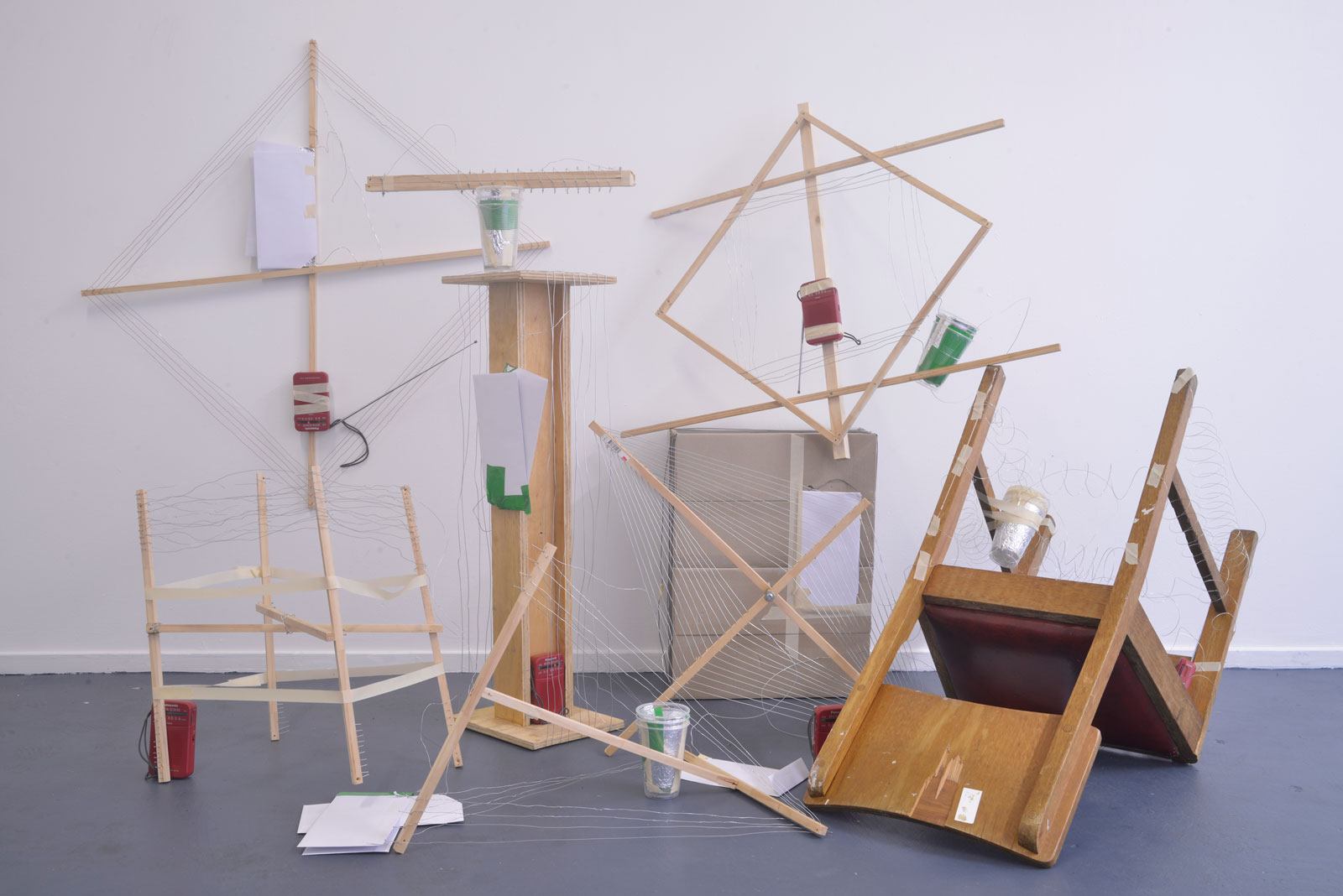
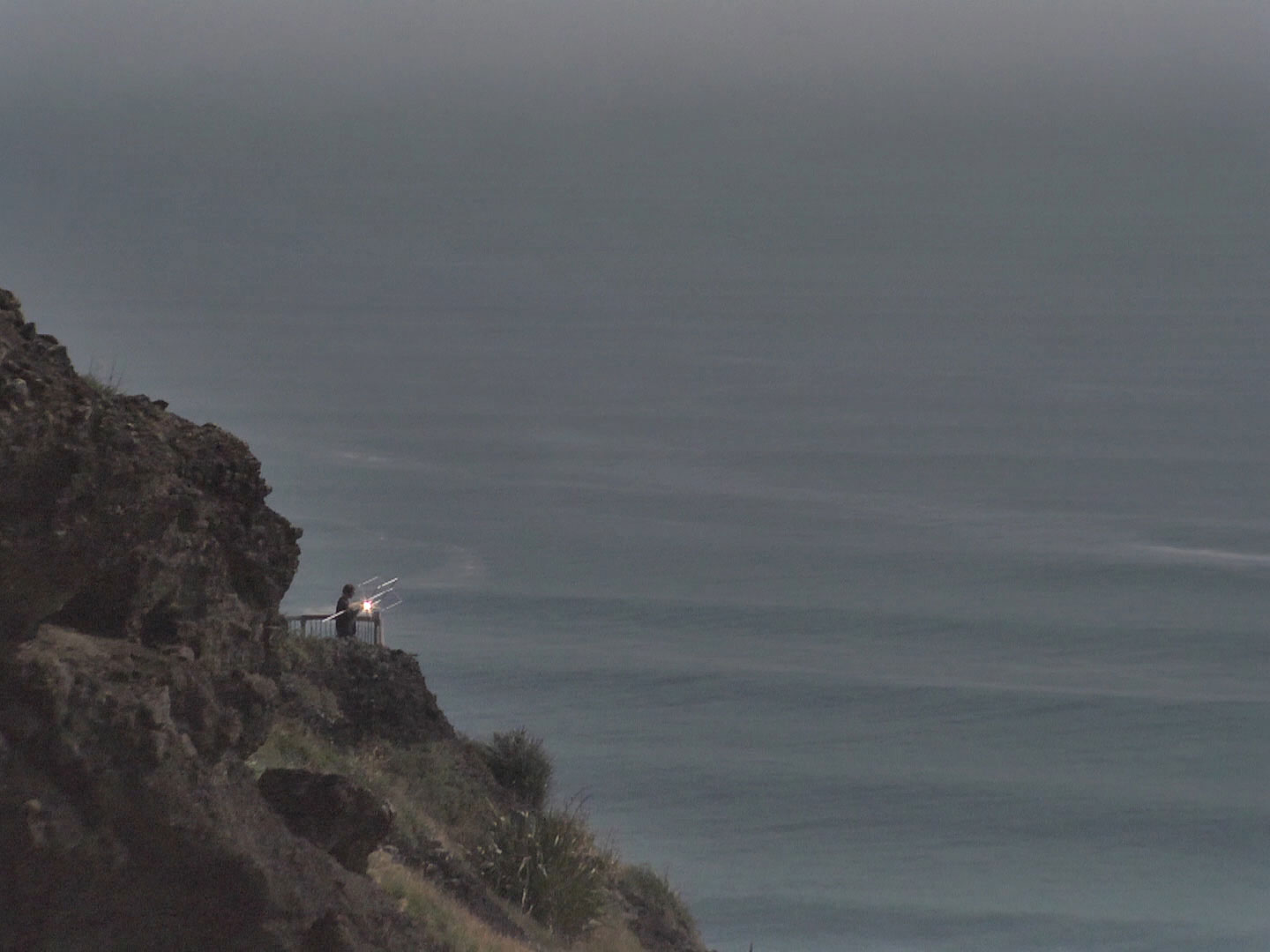

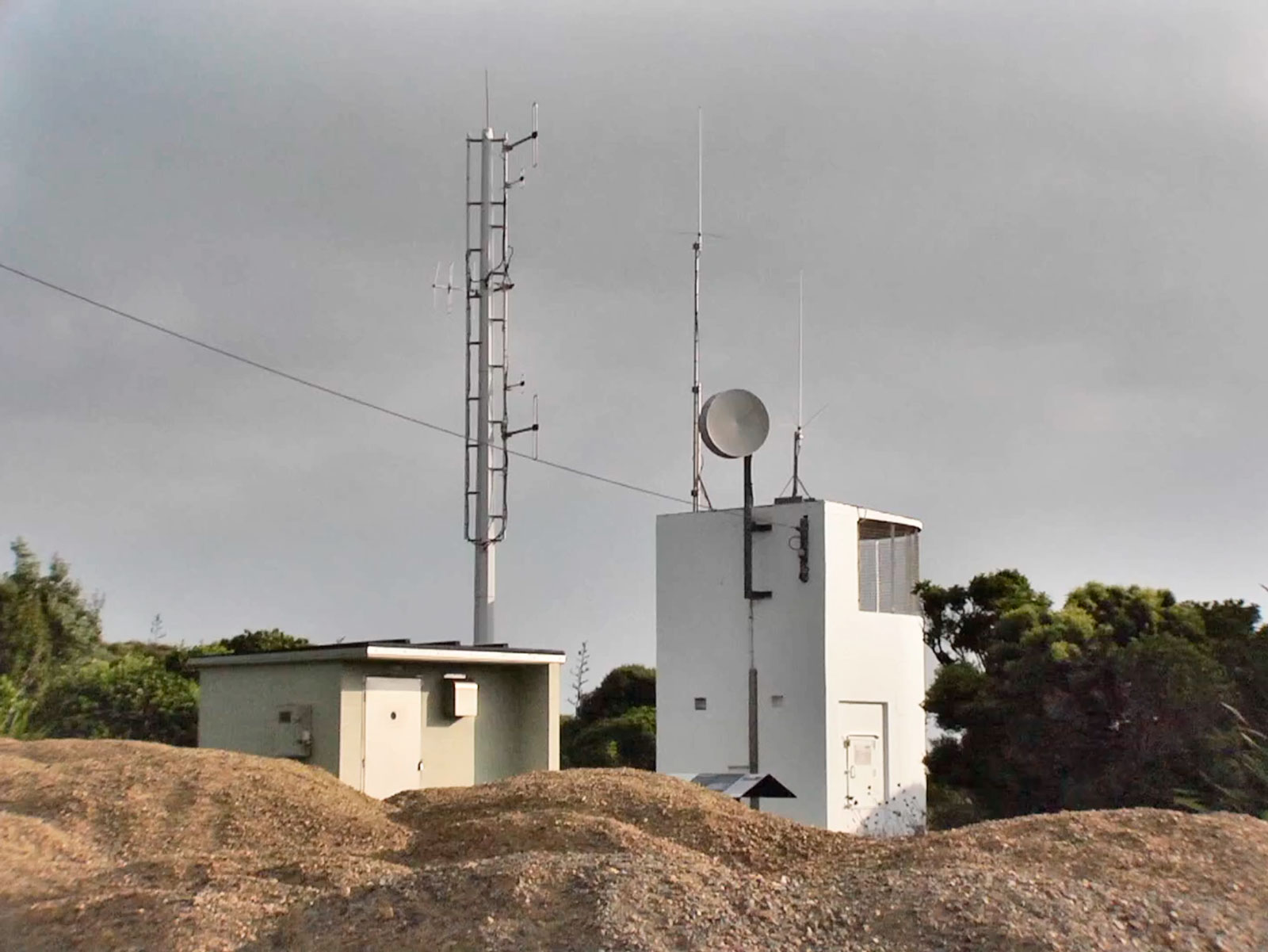
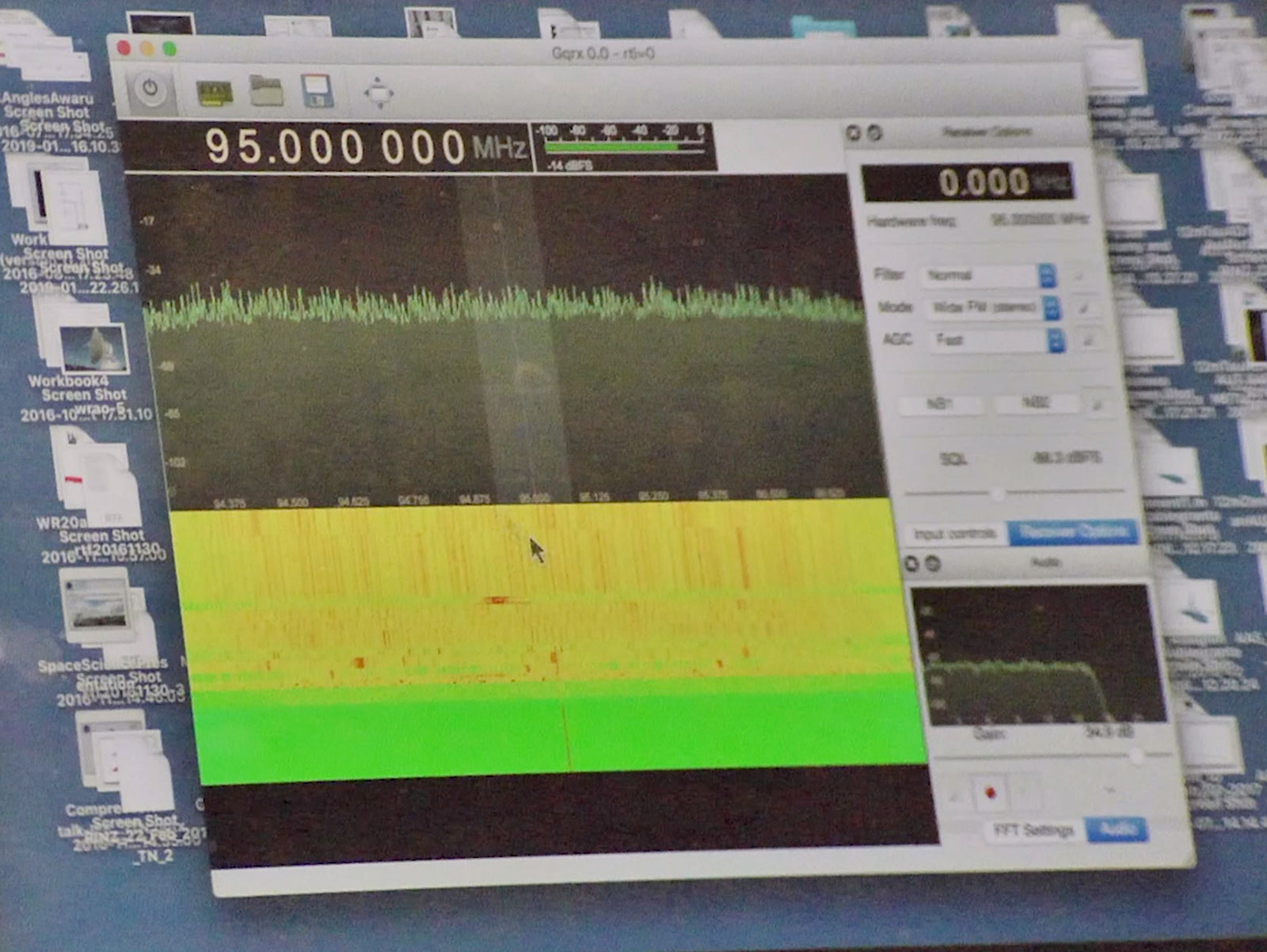
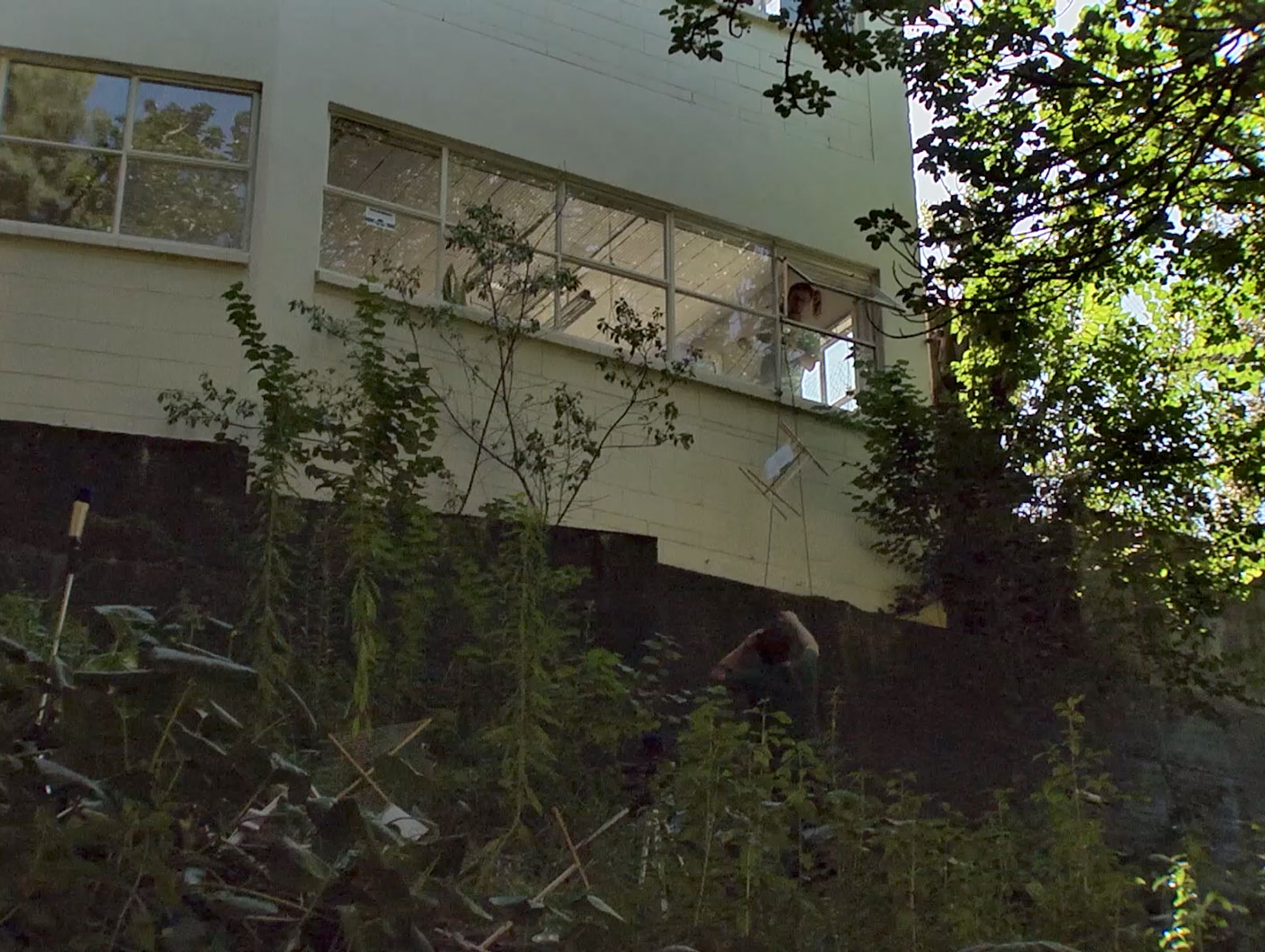
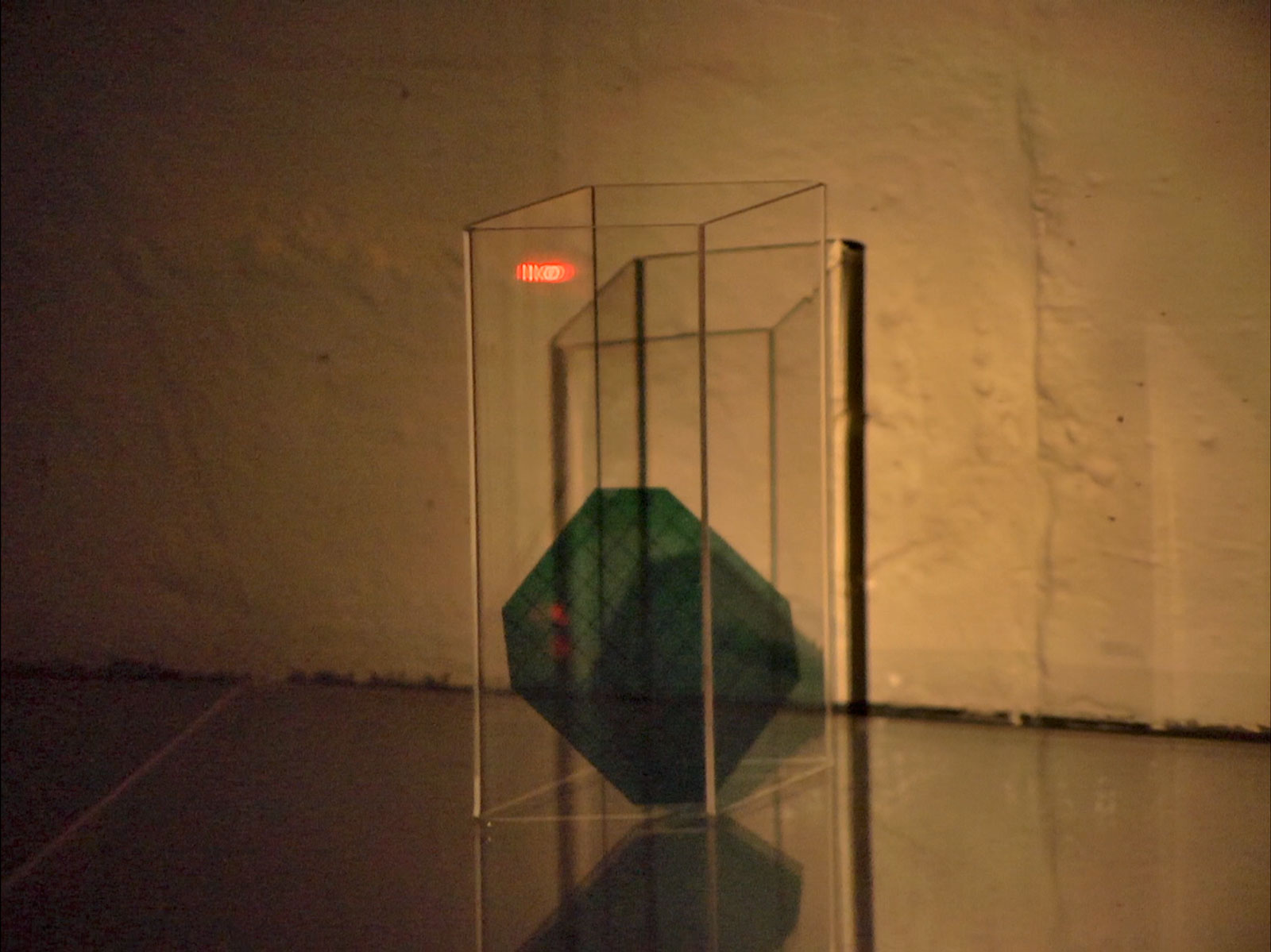
Supported with funding by CNZ

Website made by co-text
